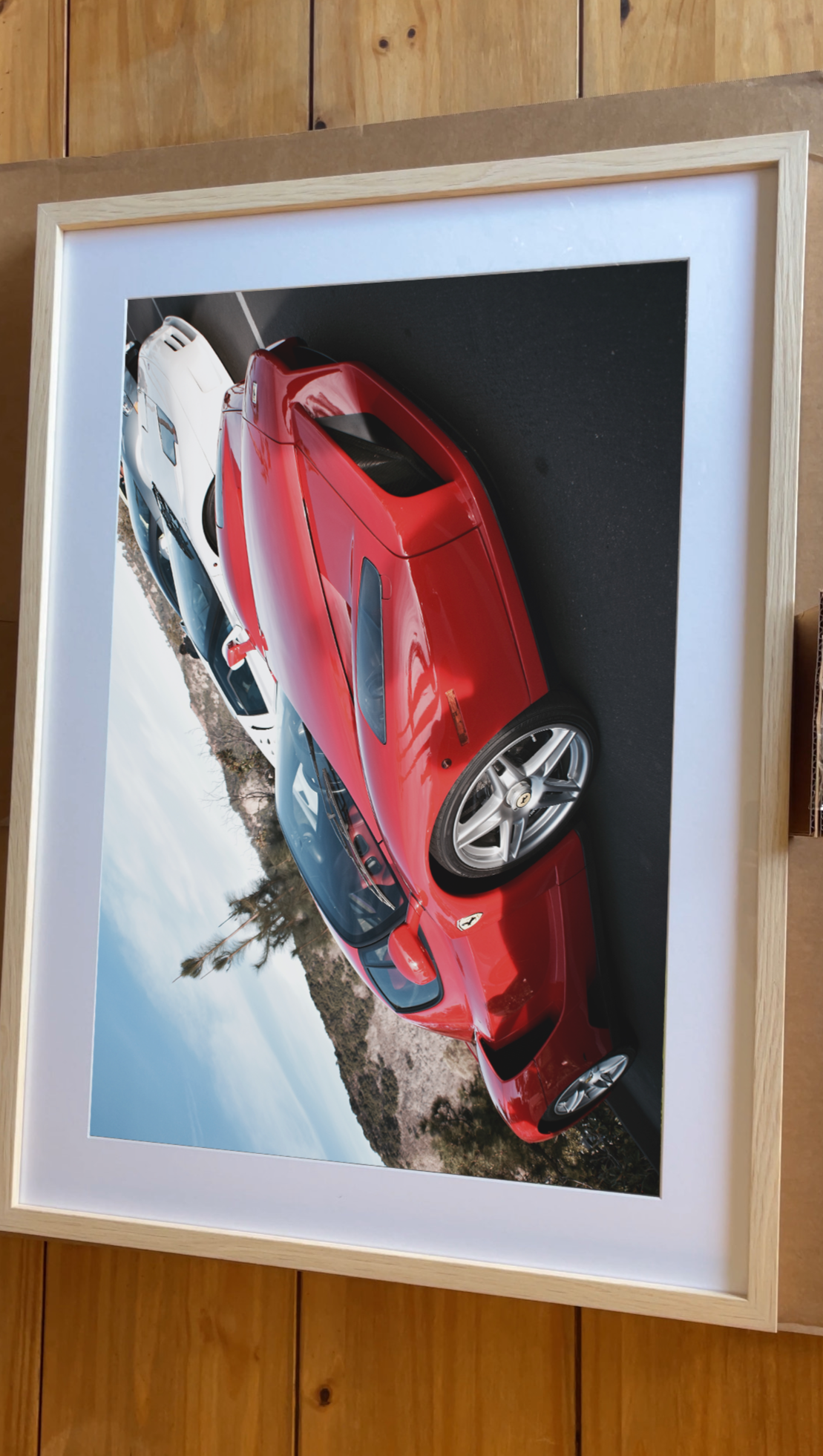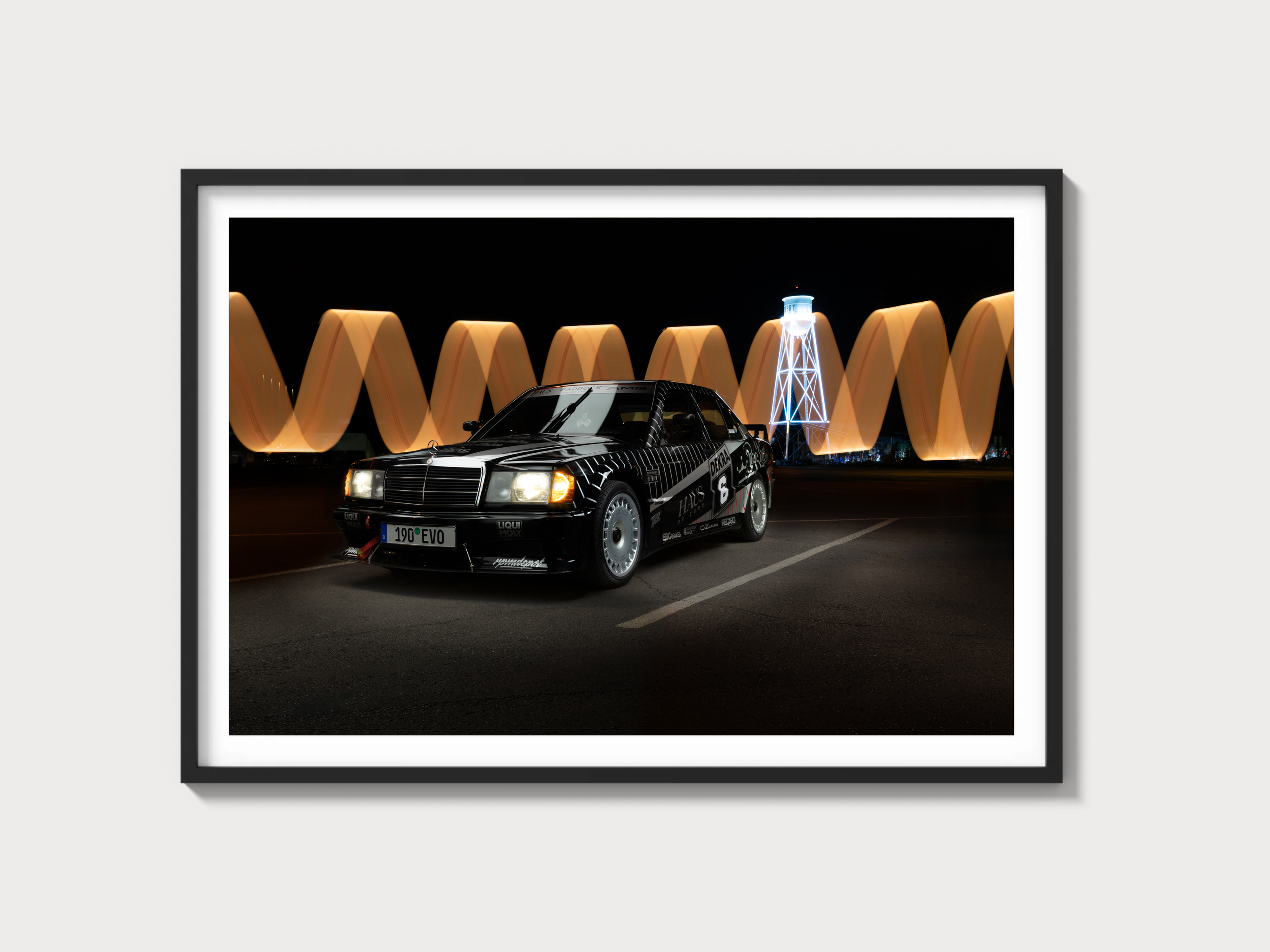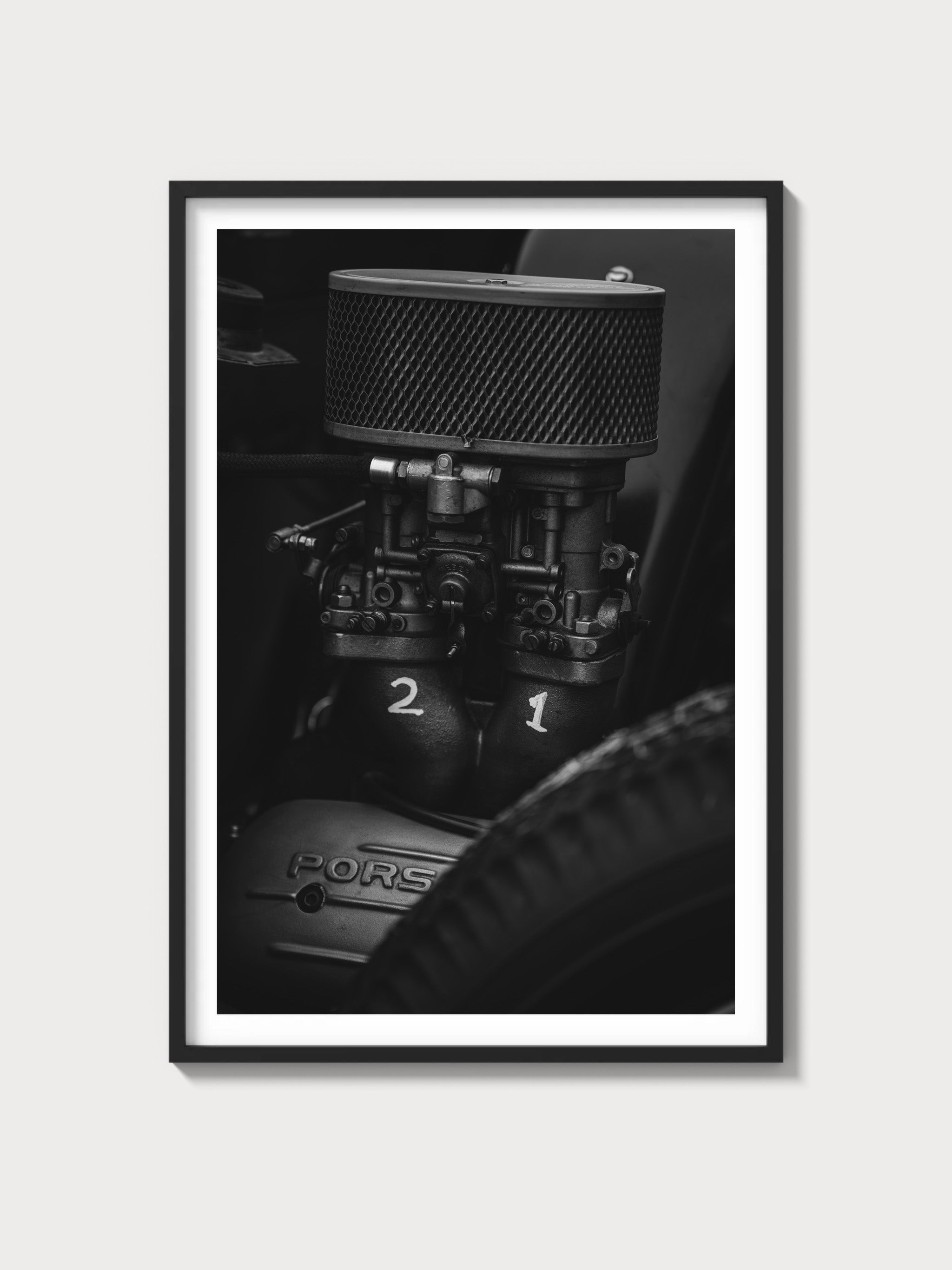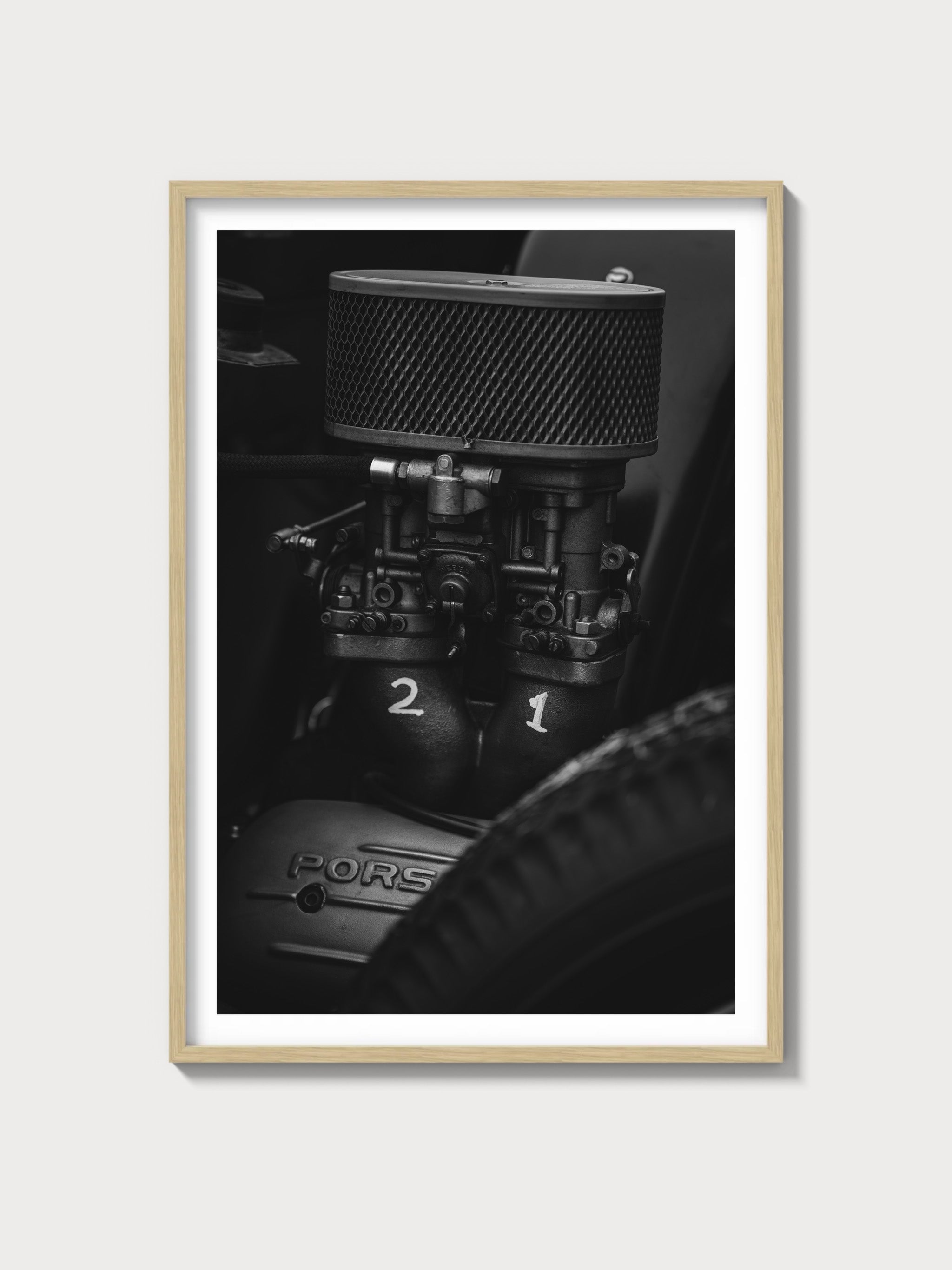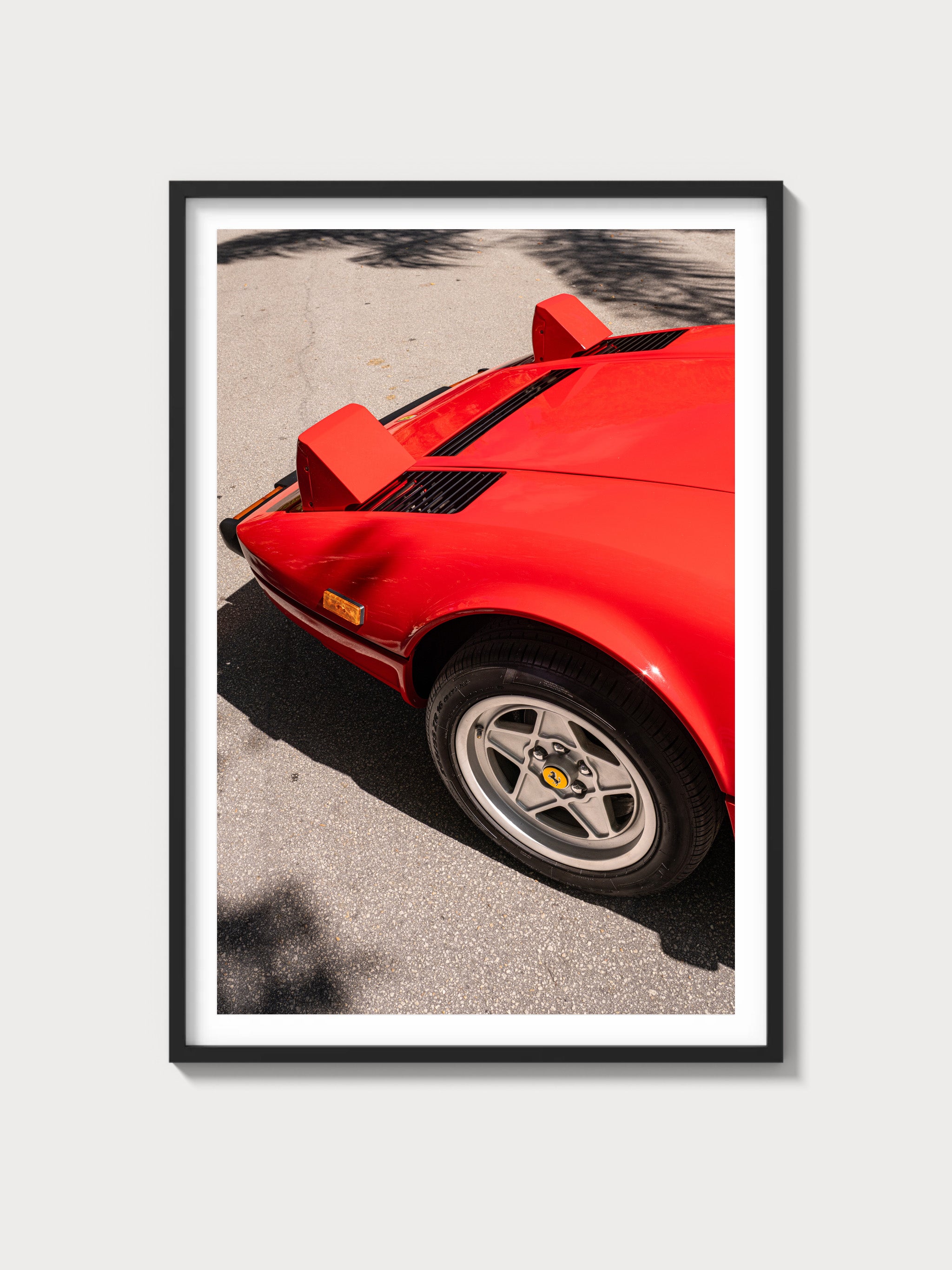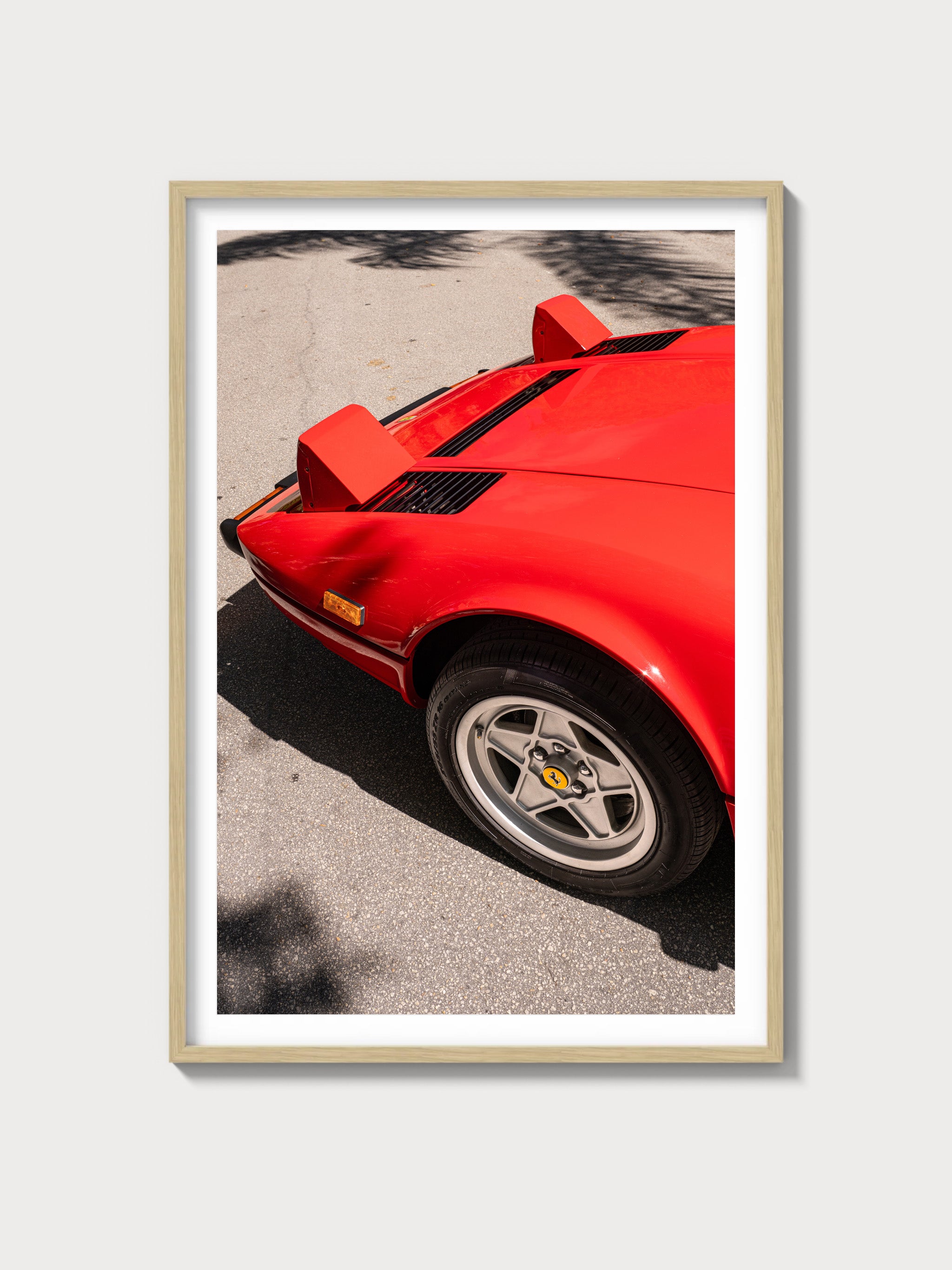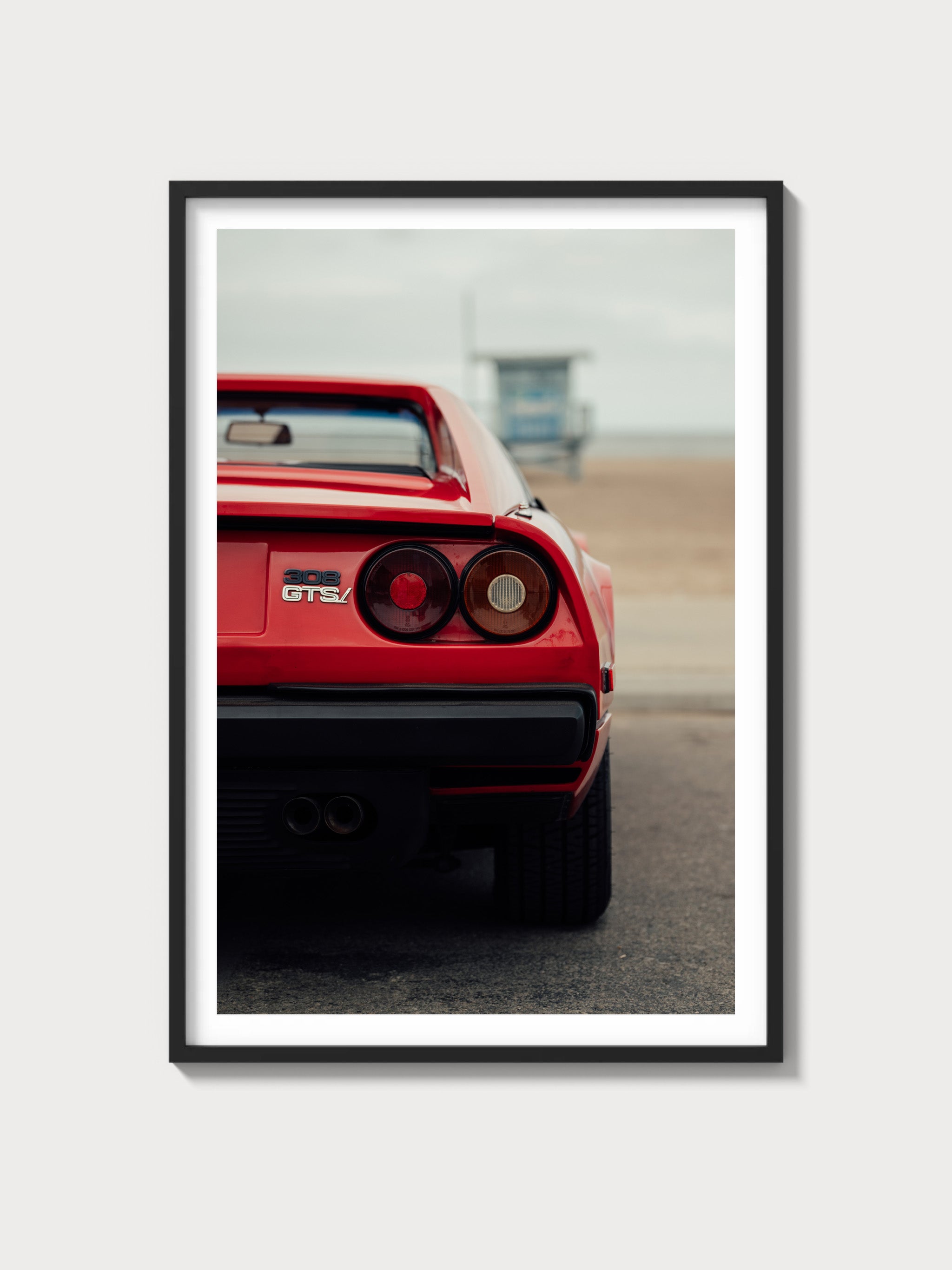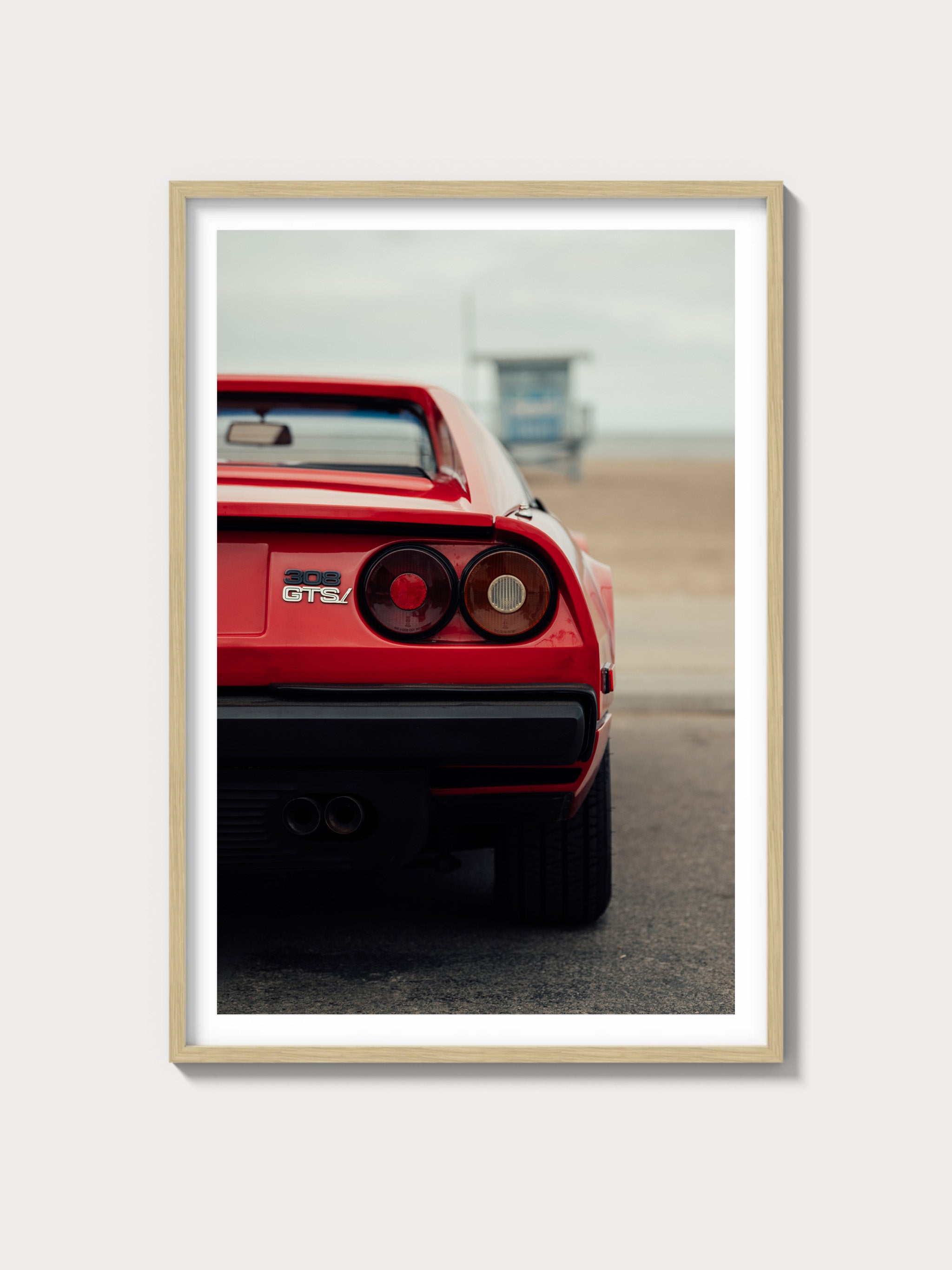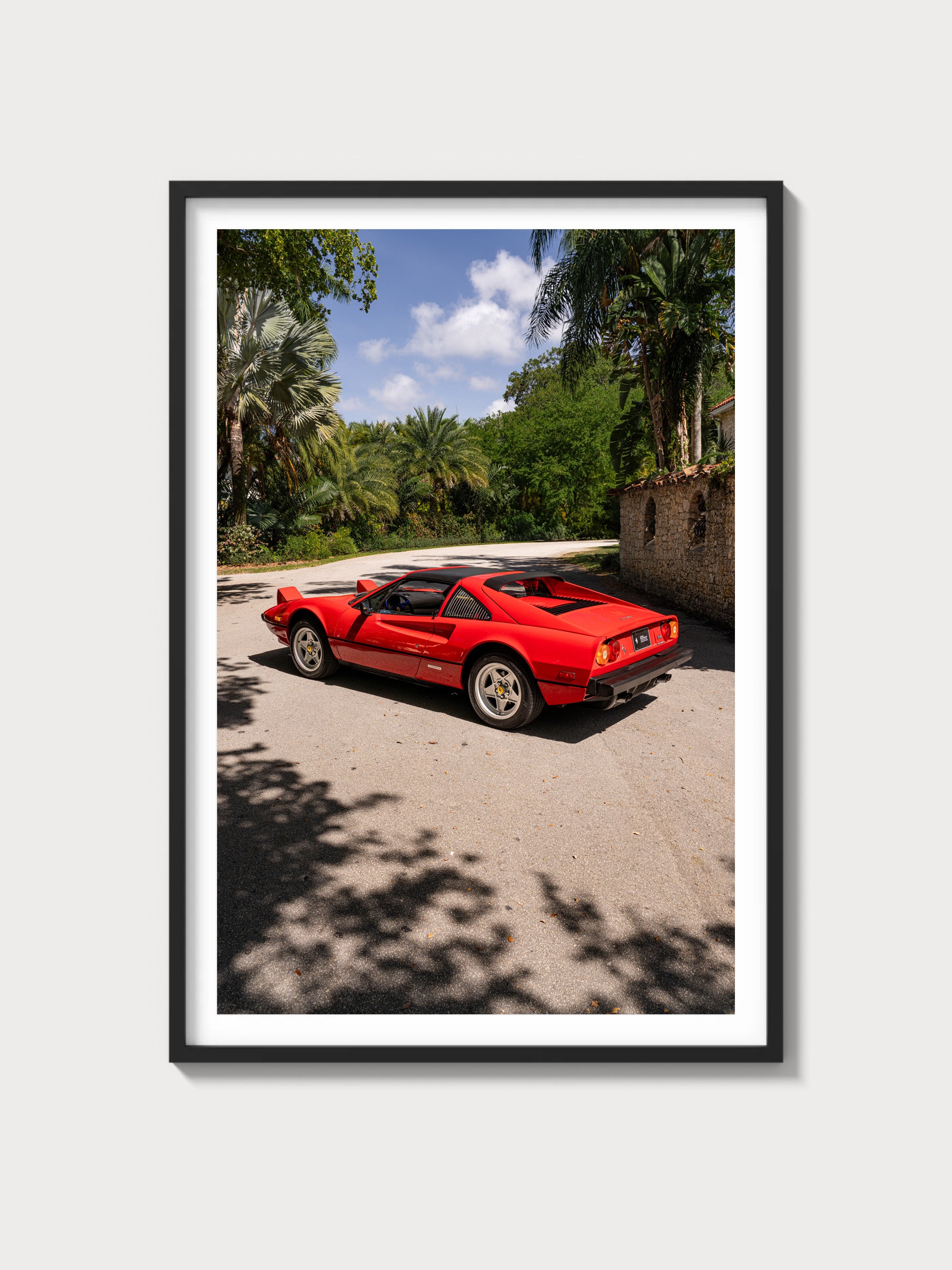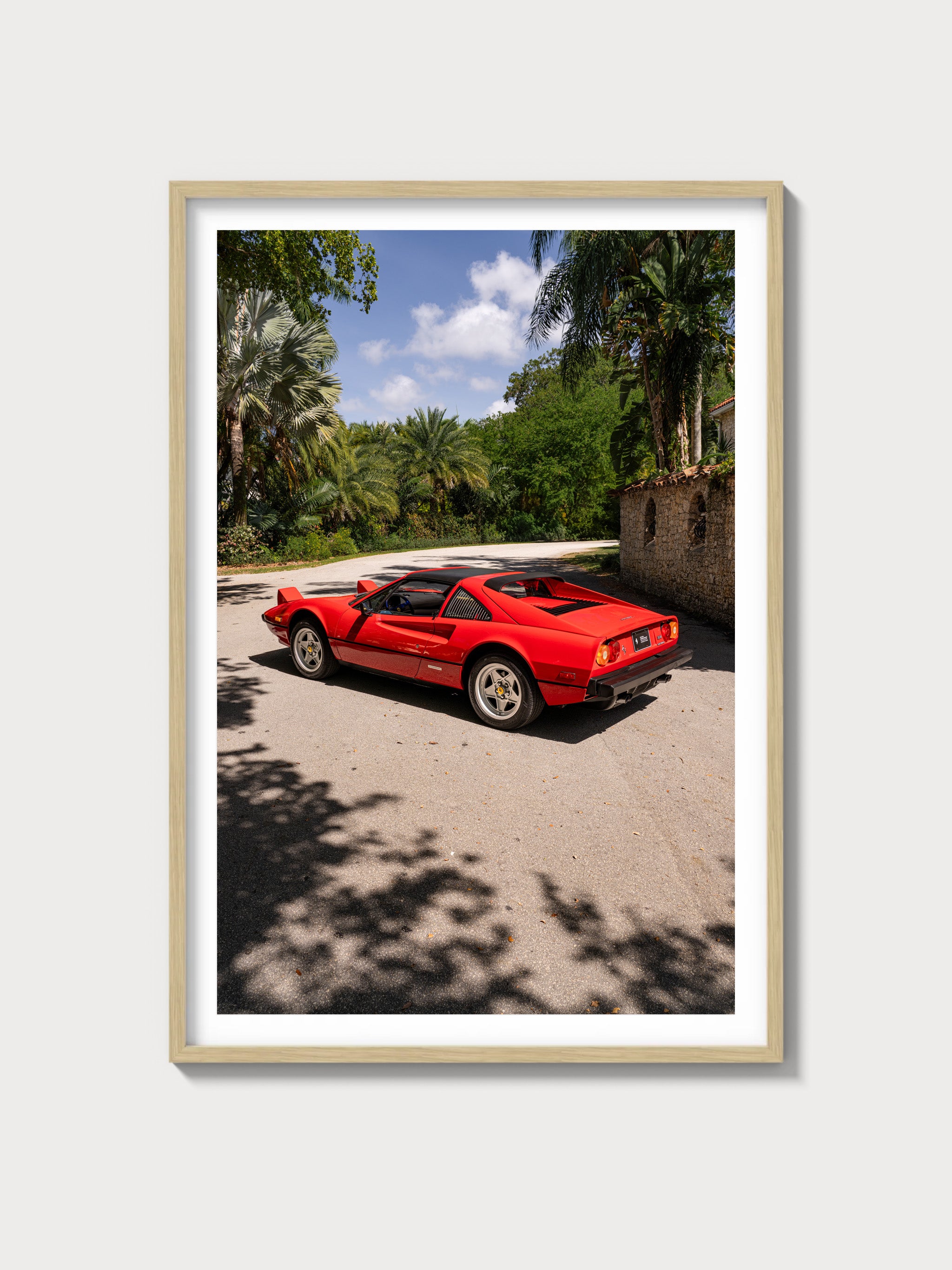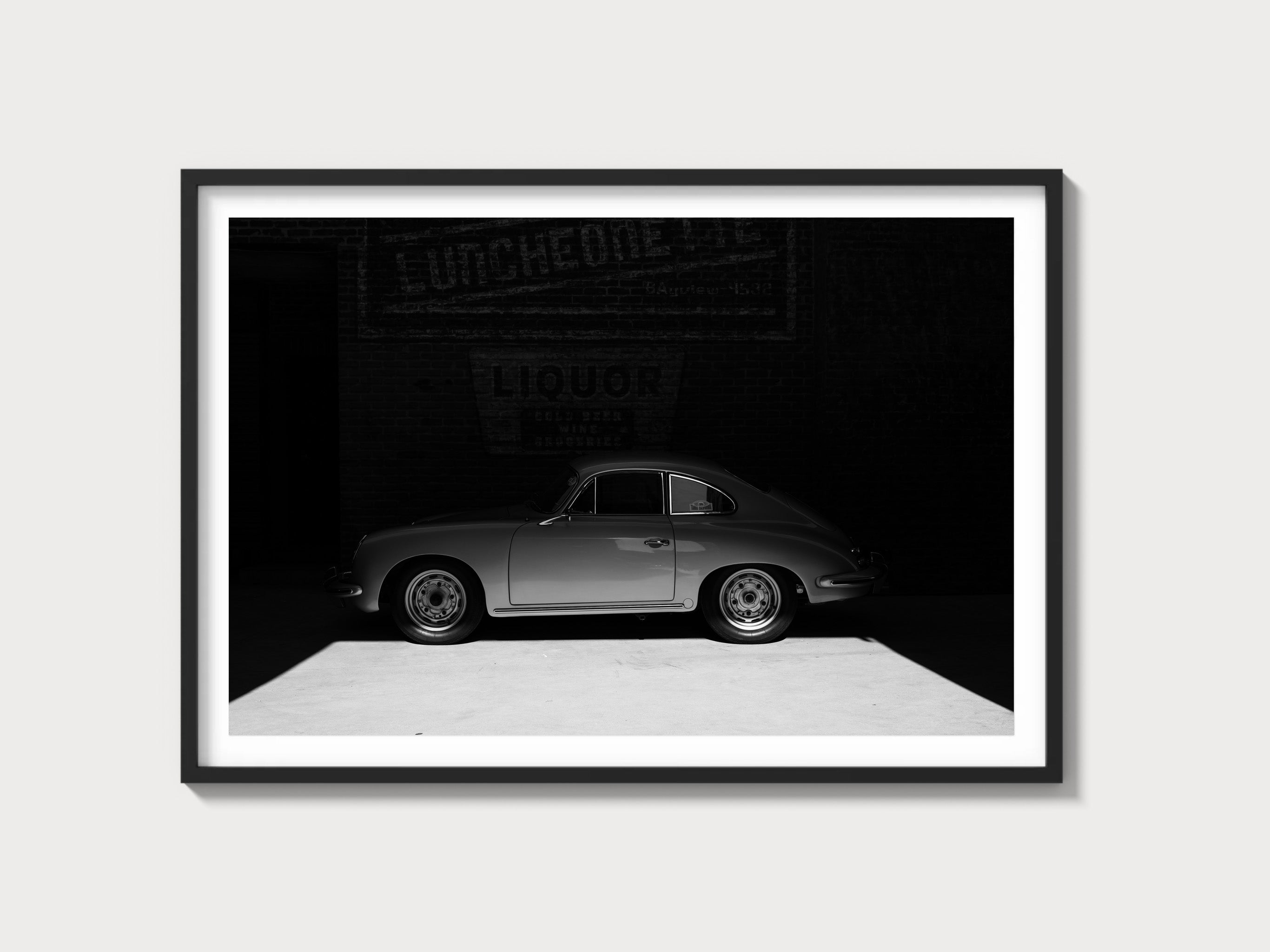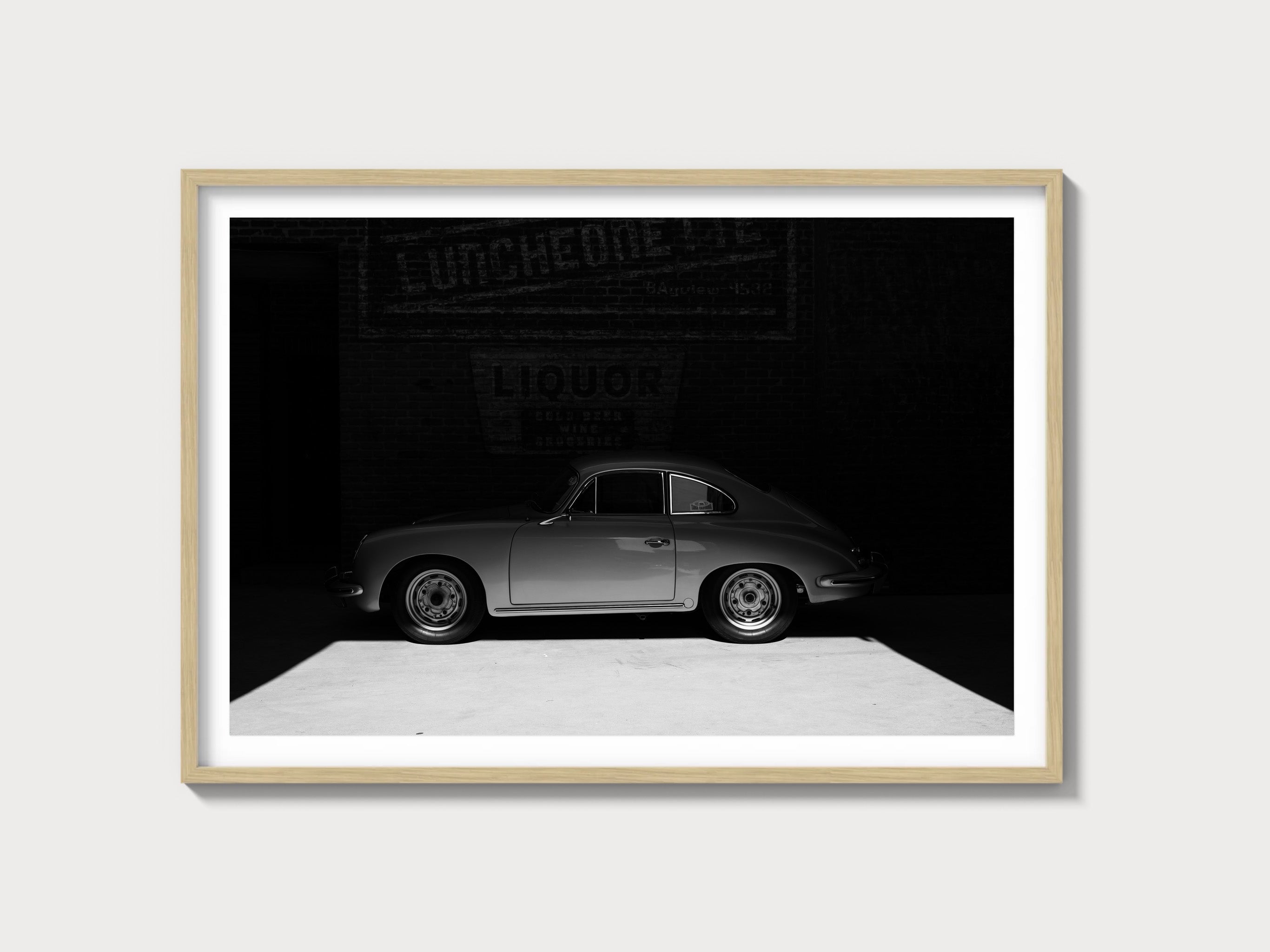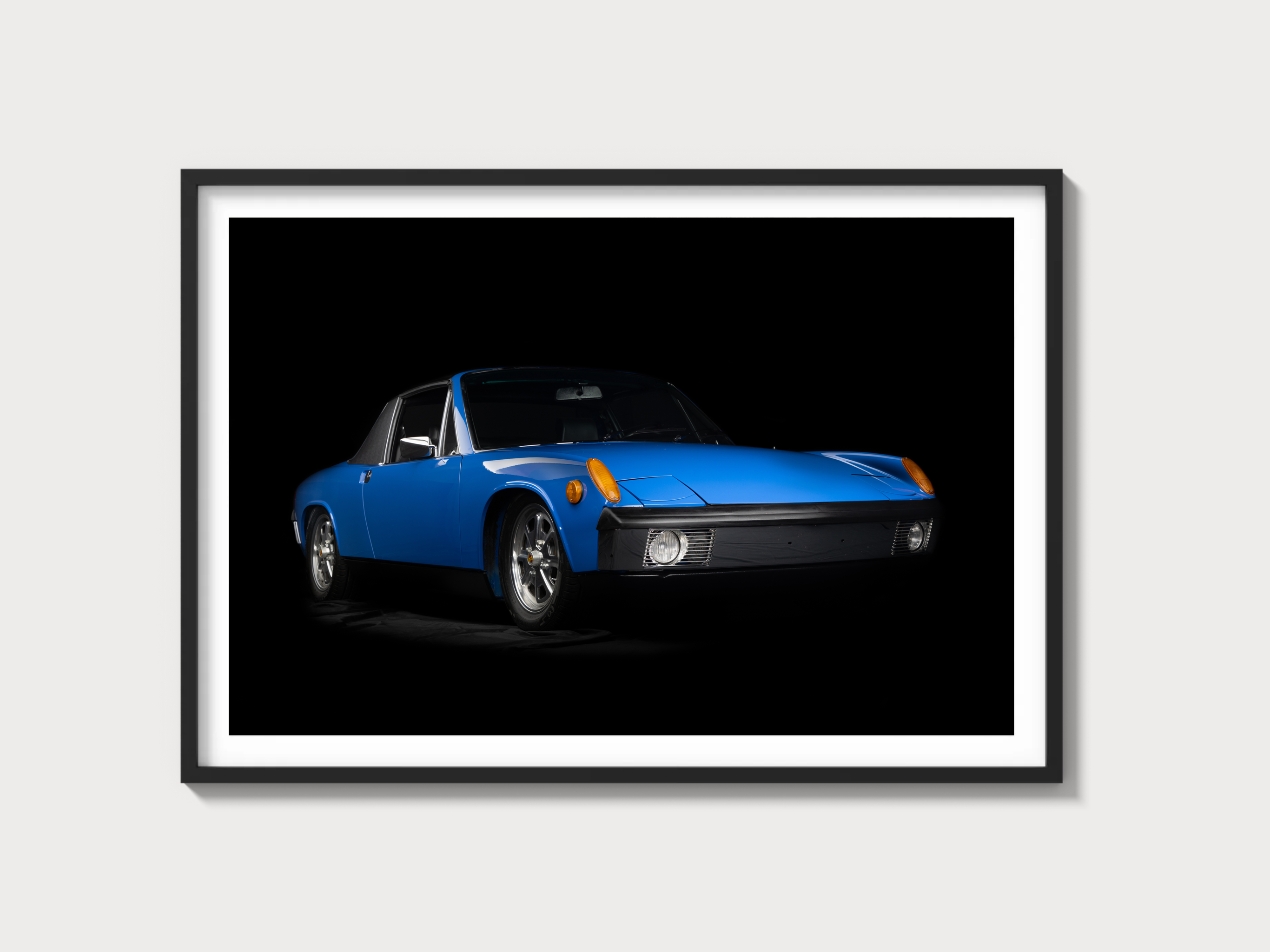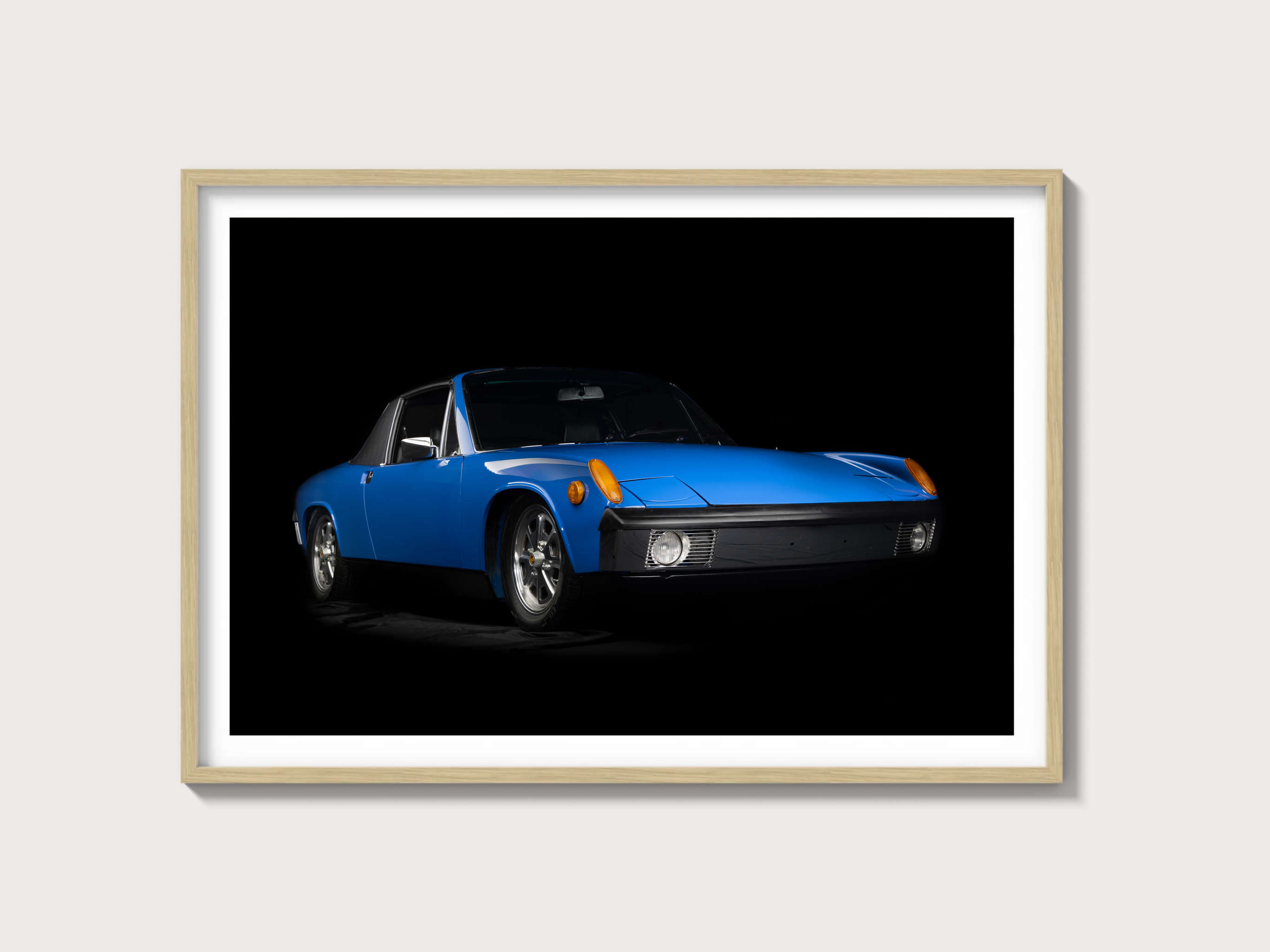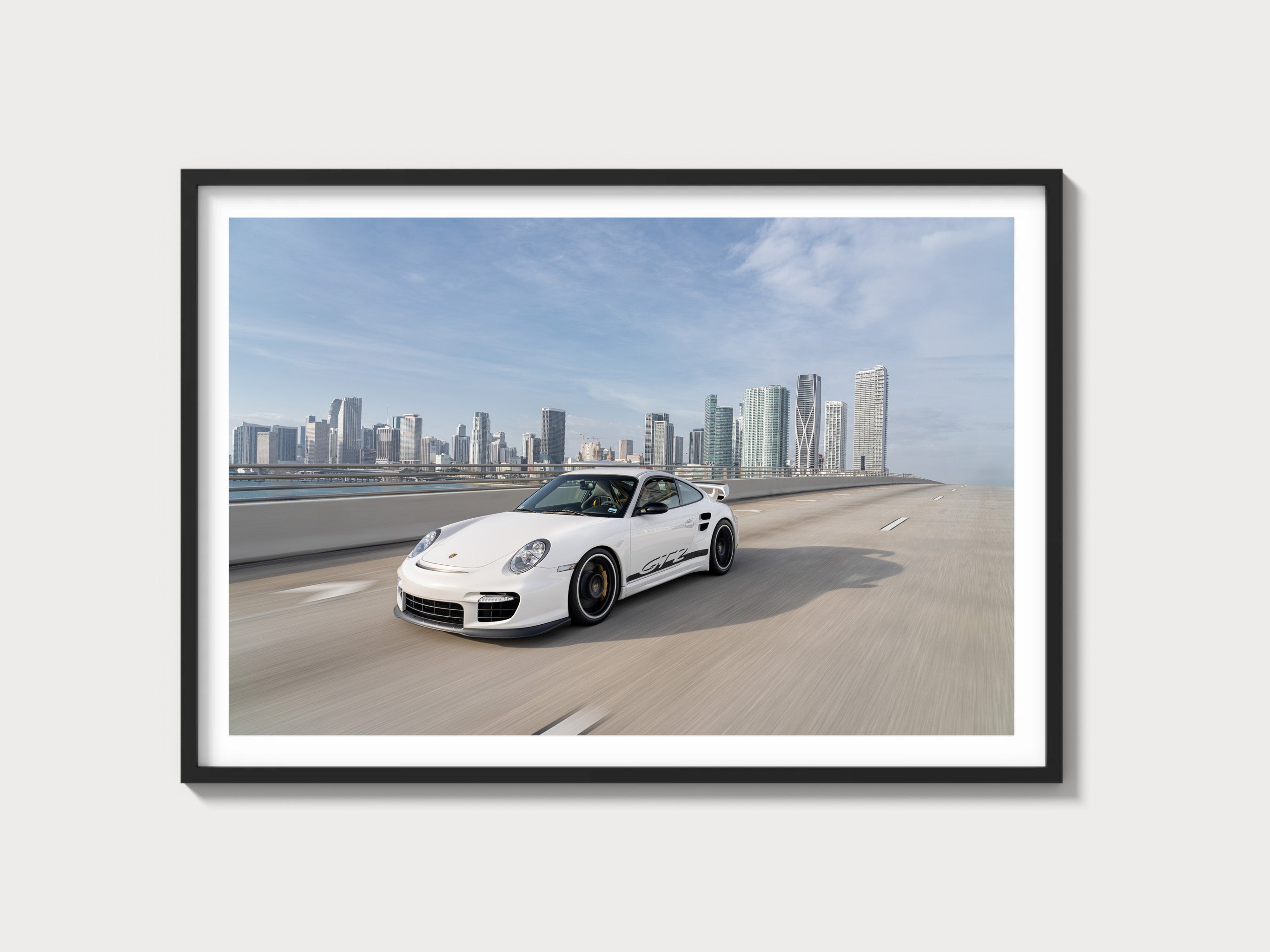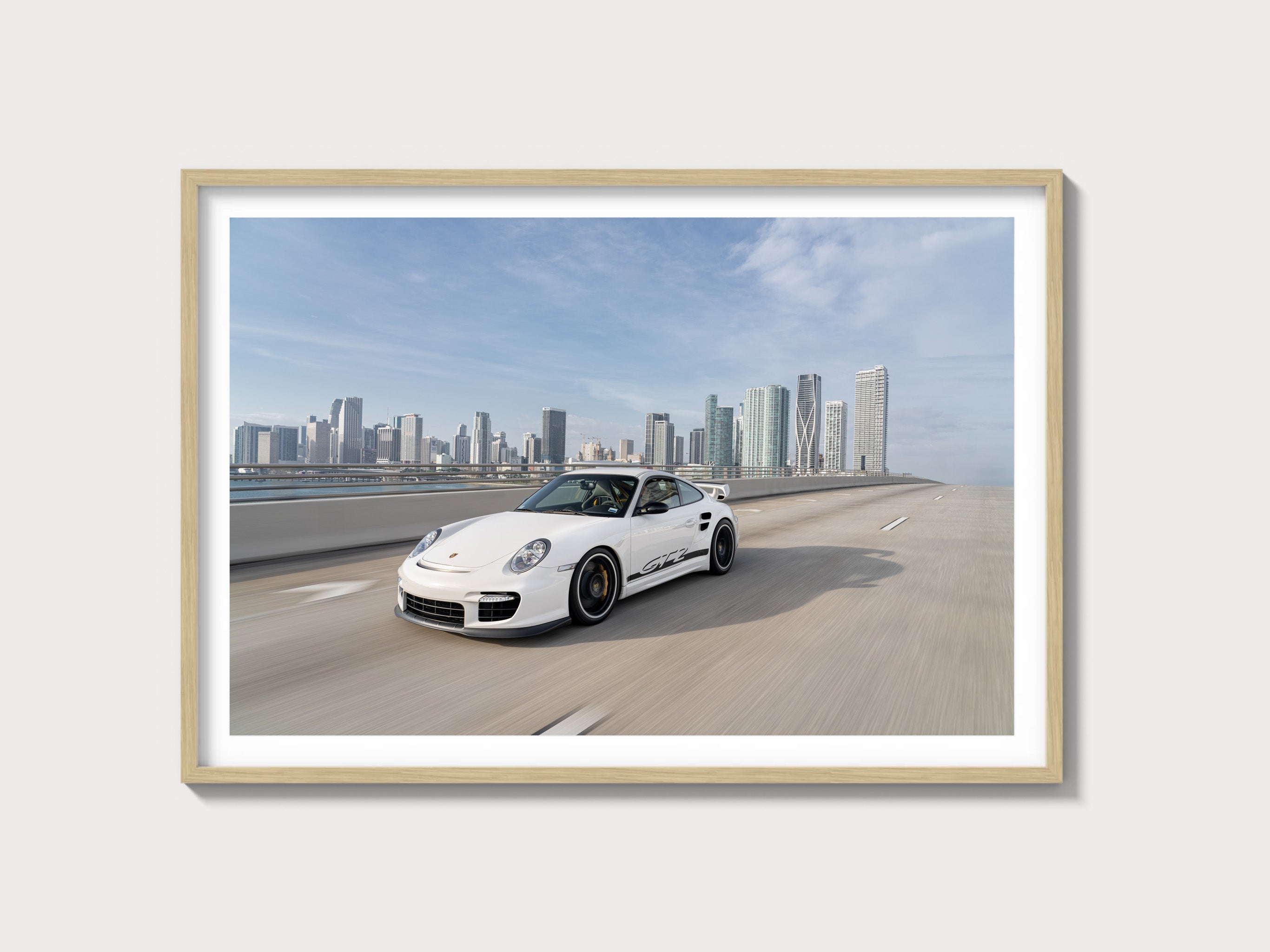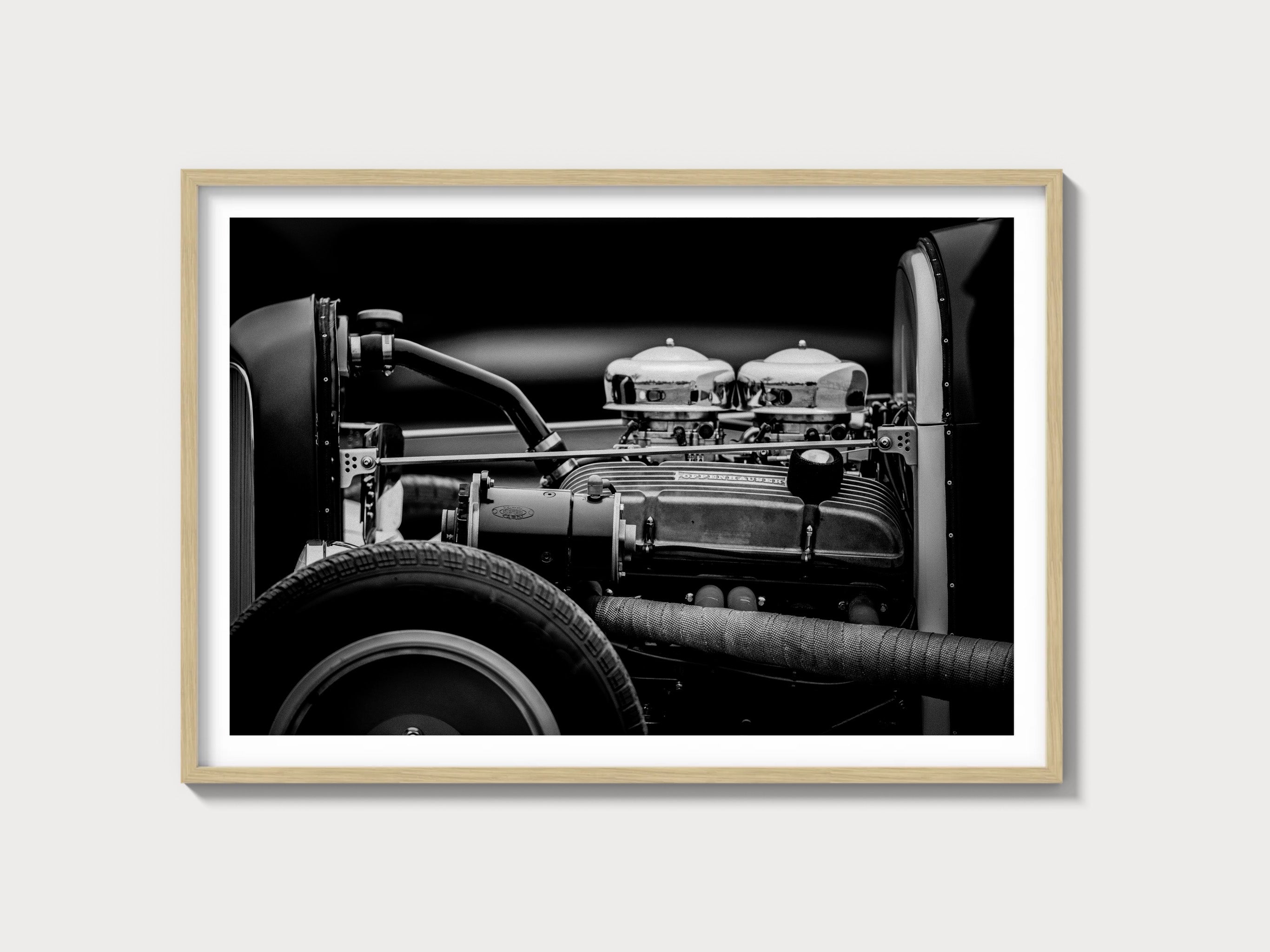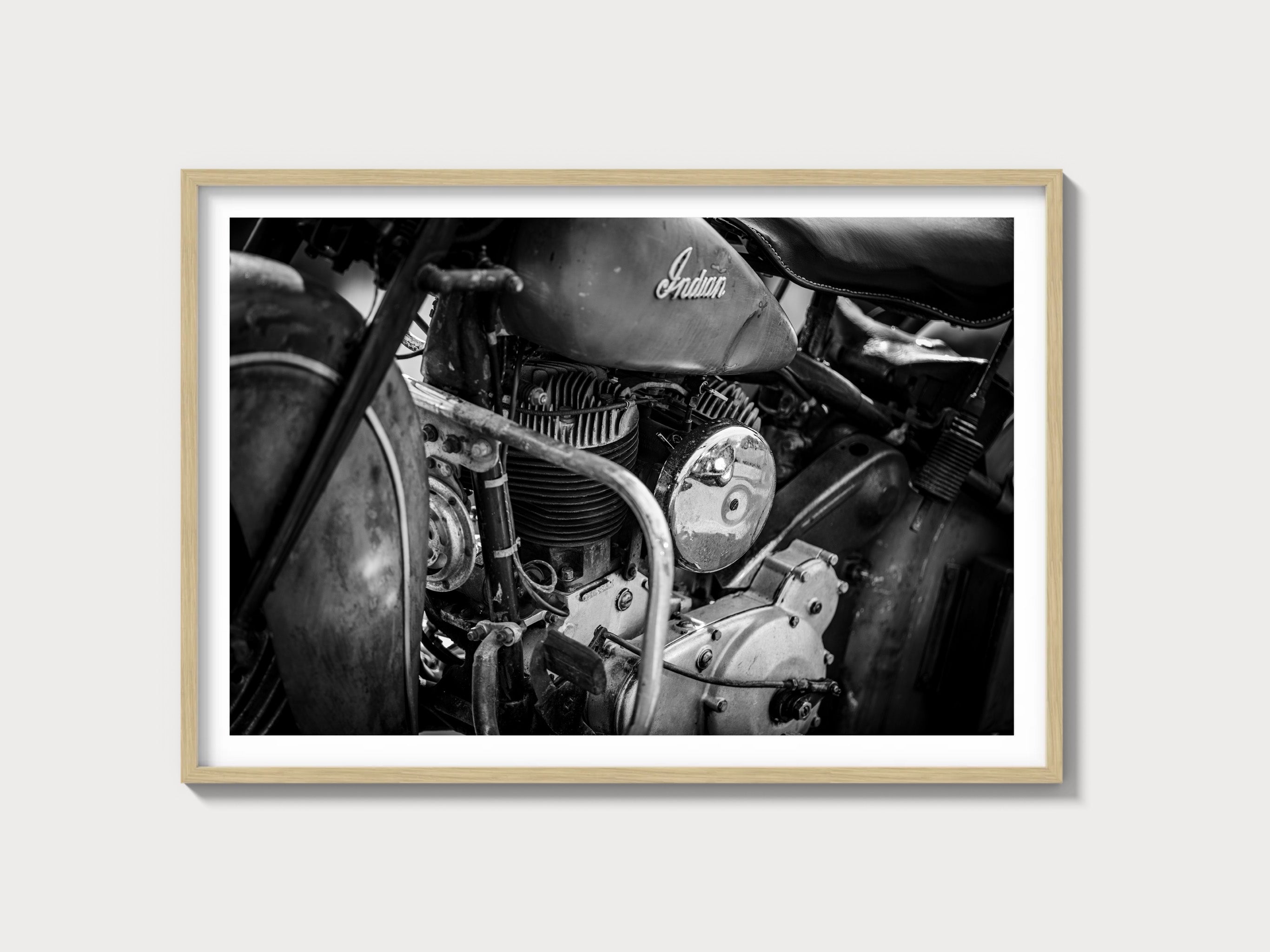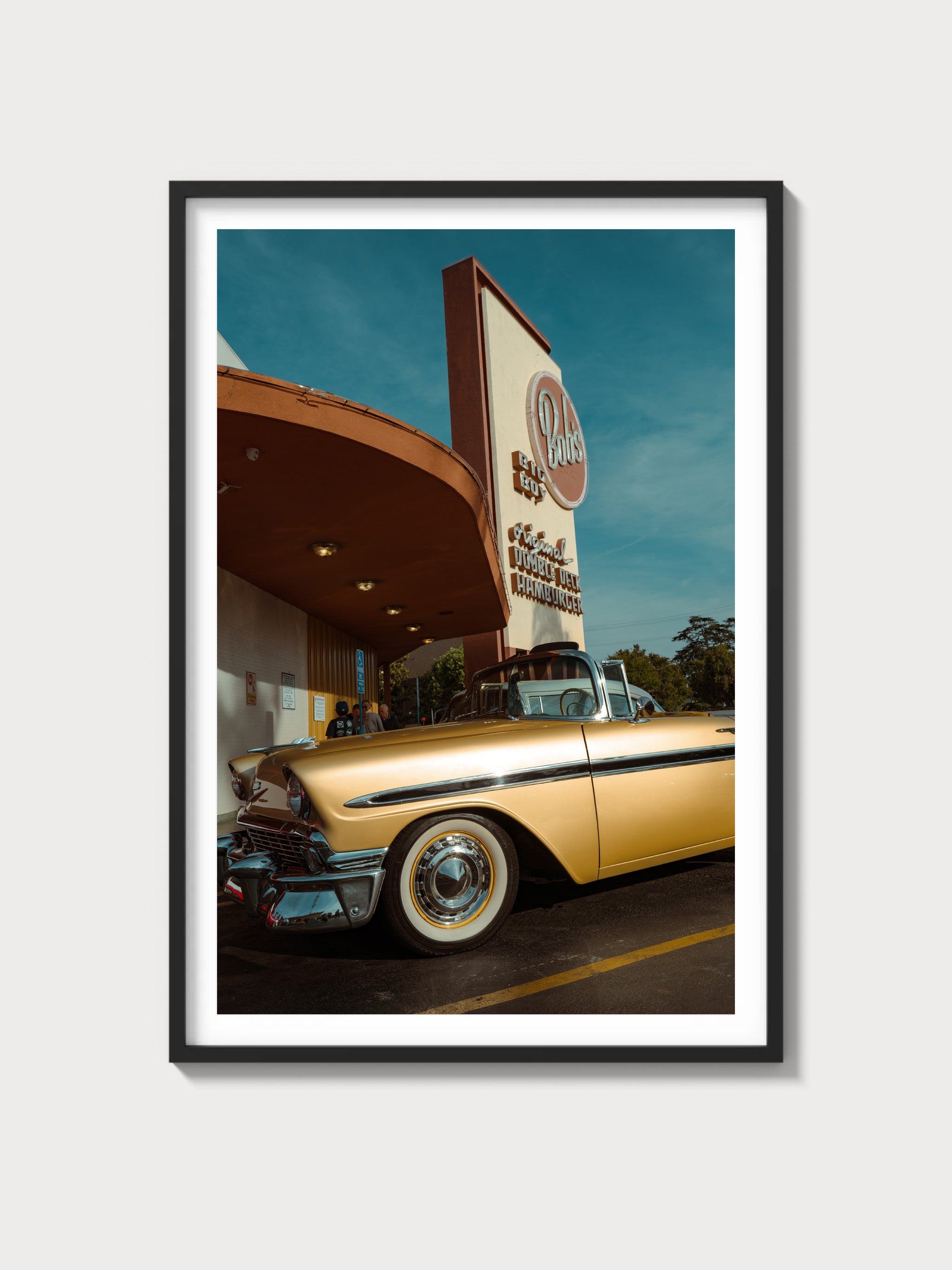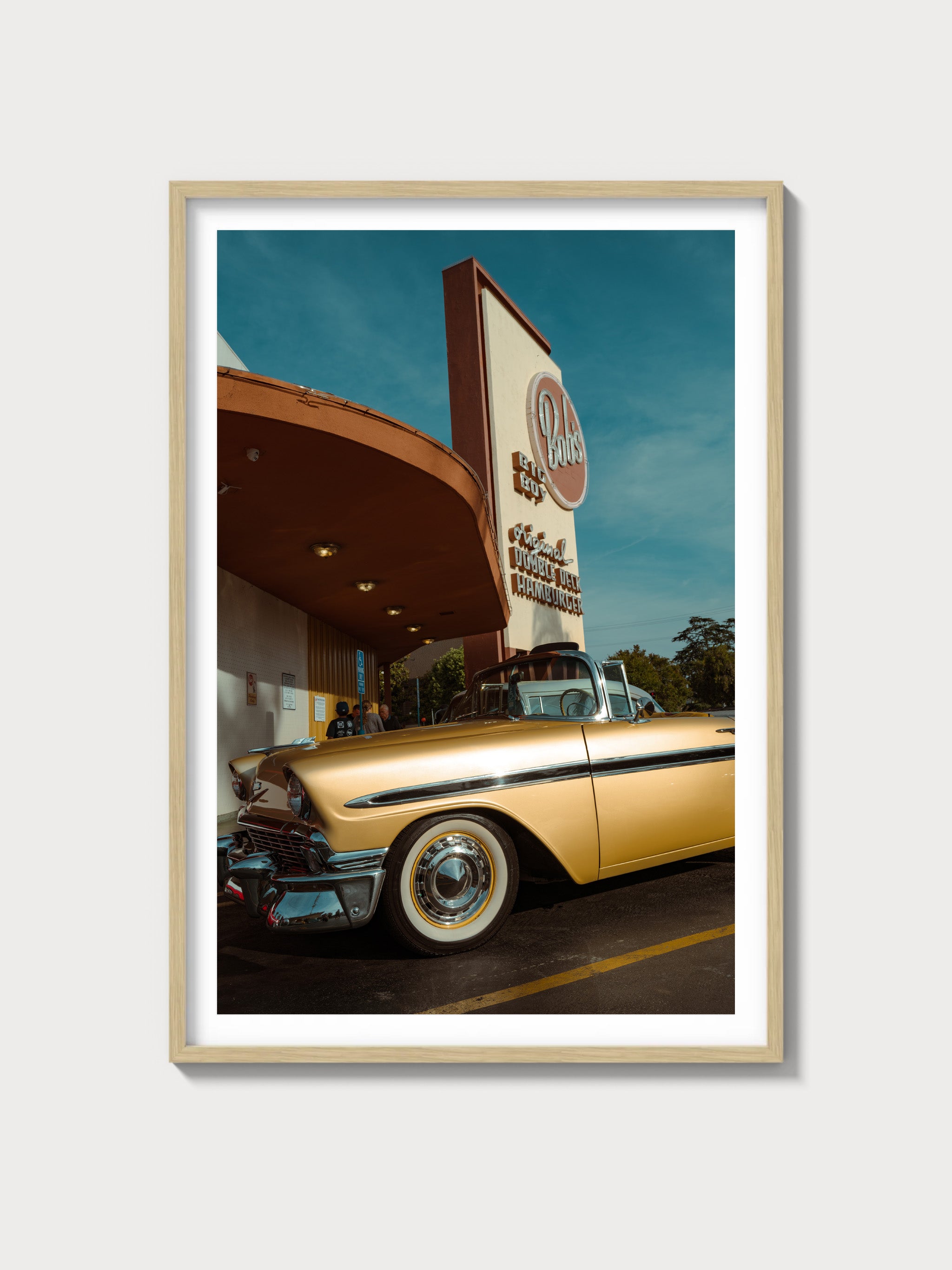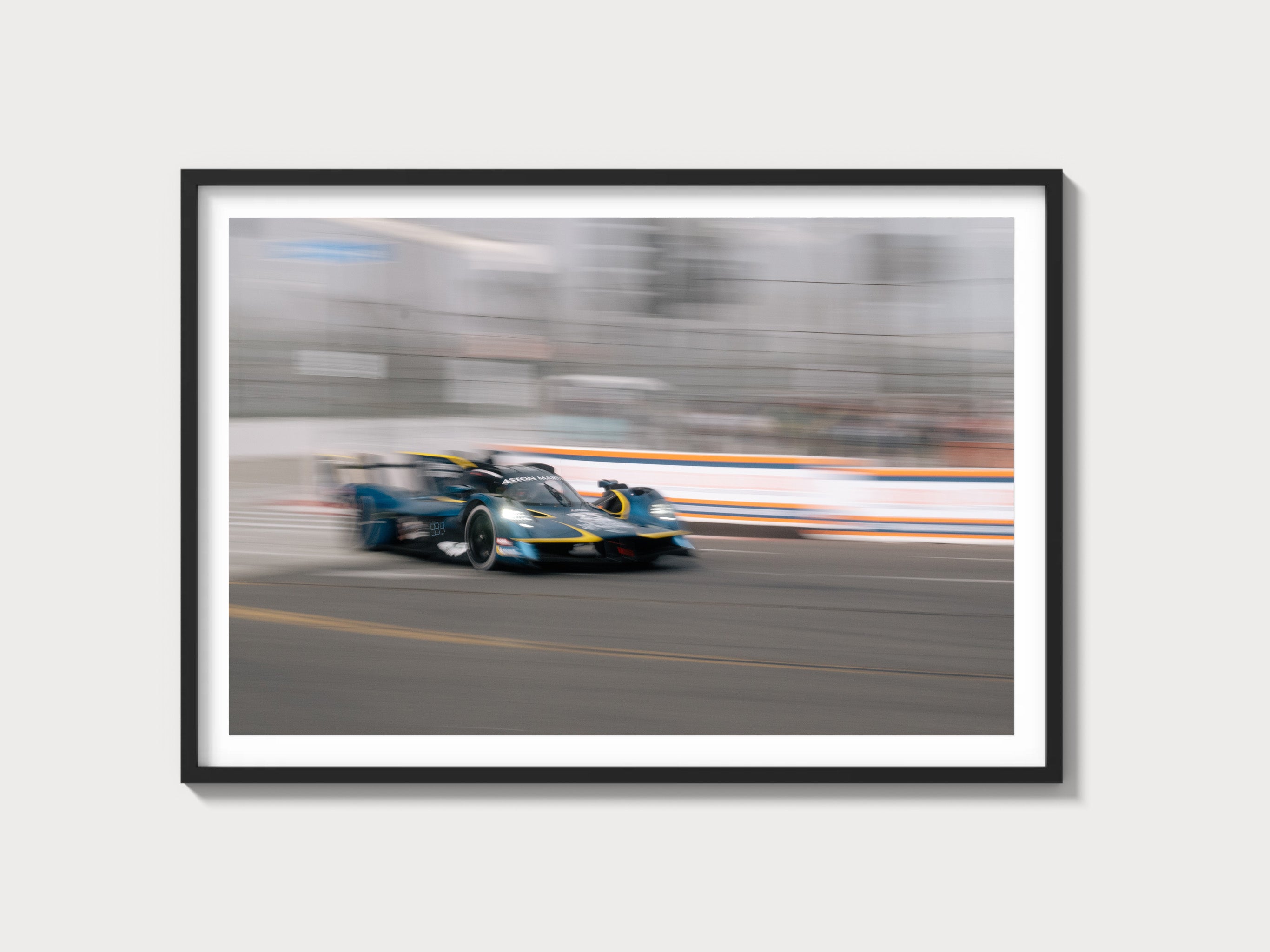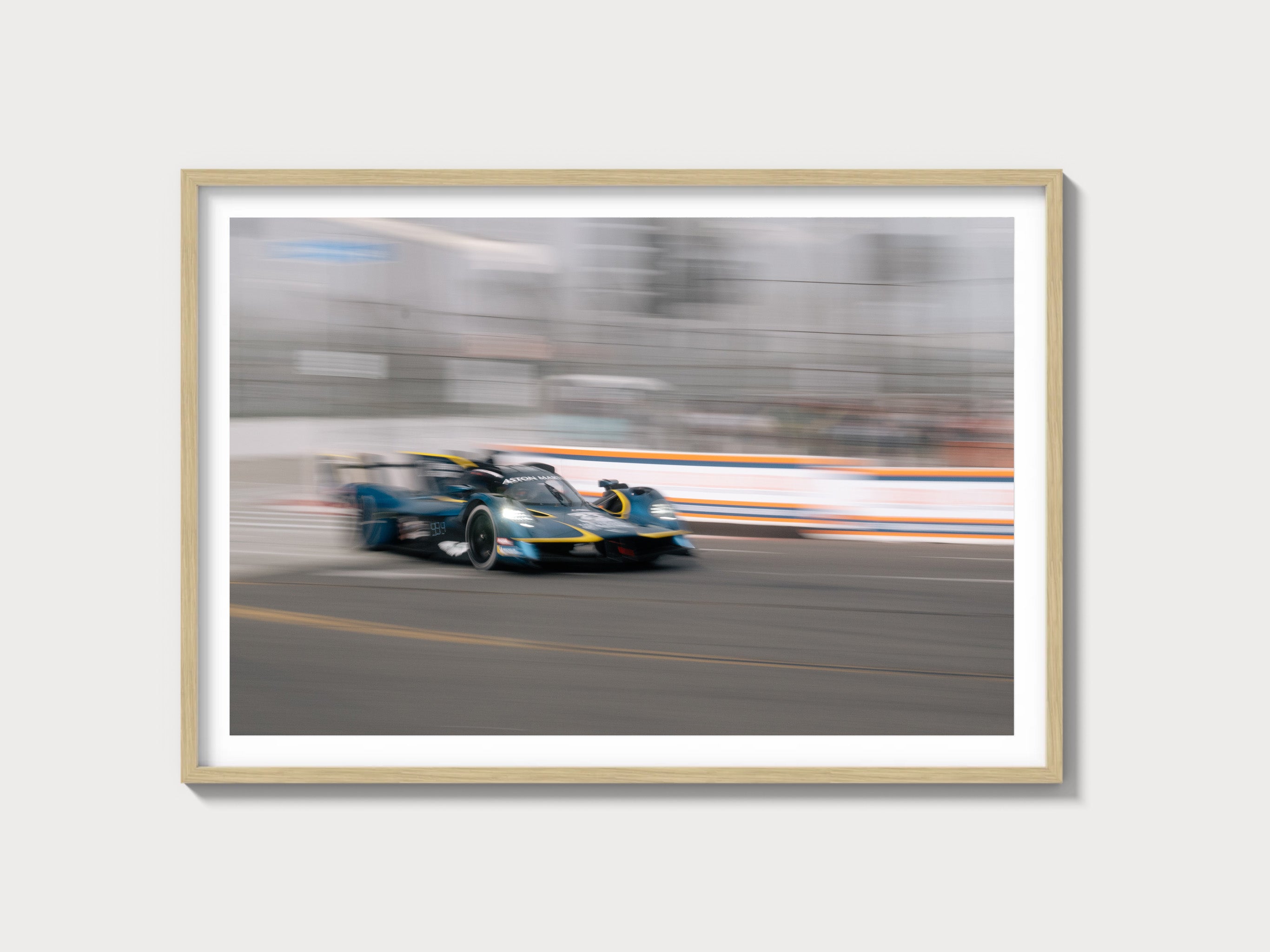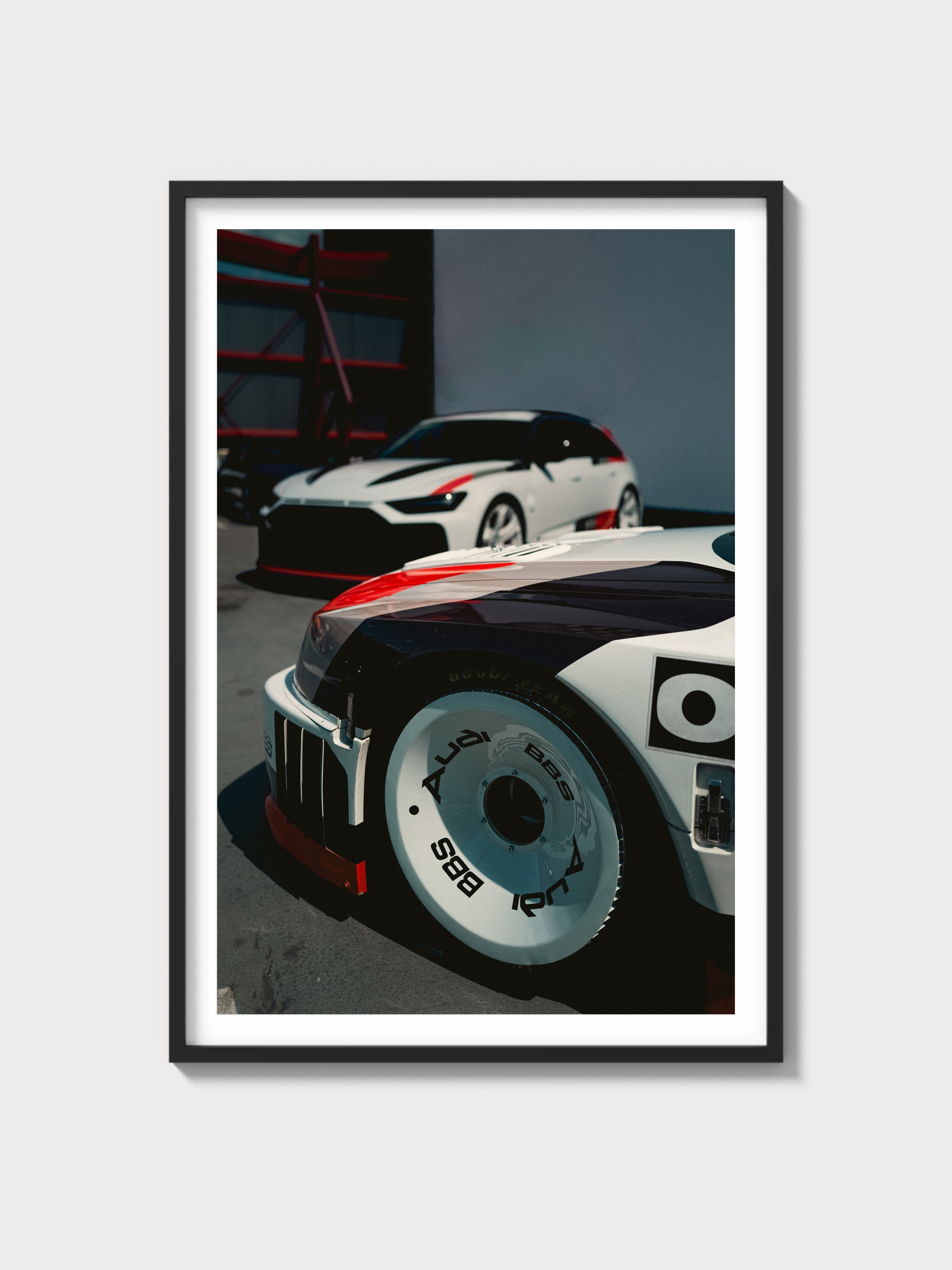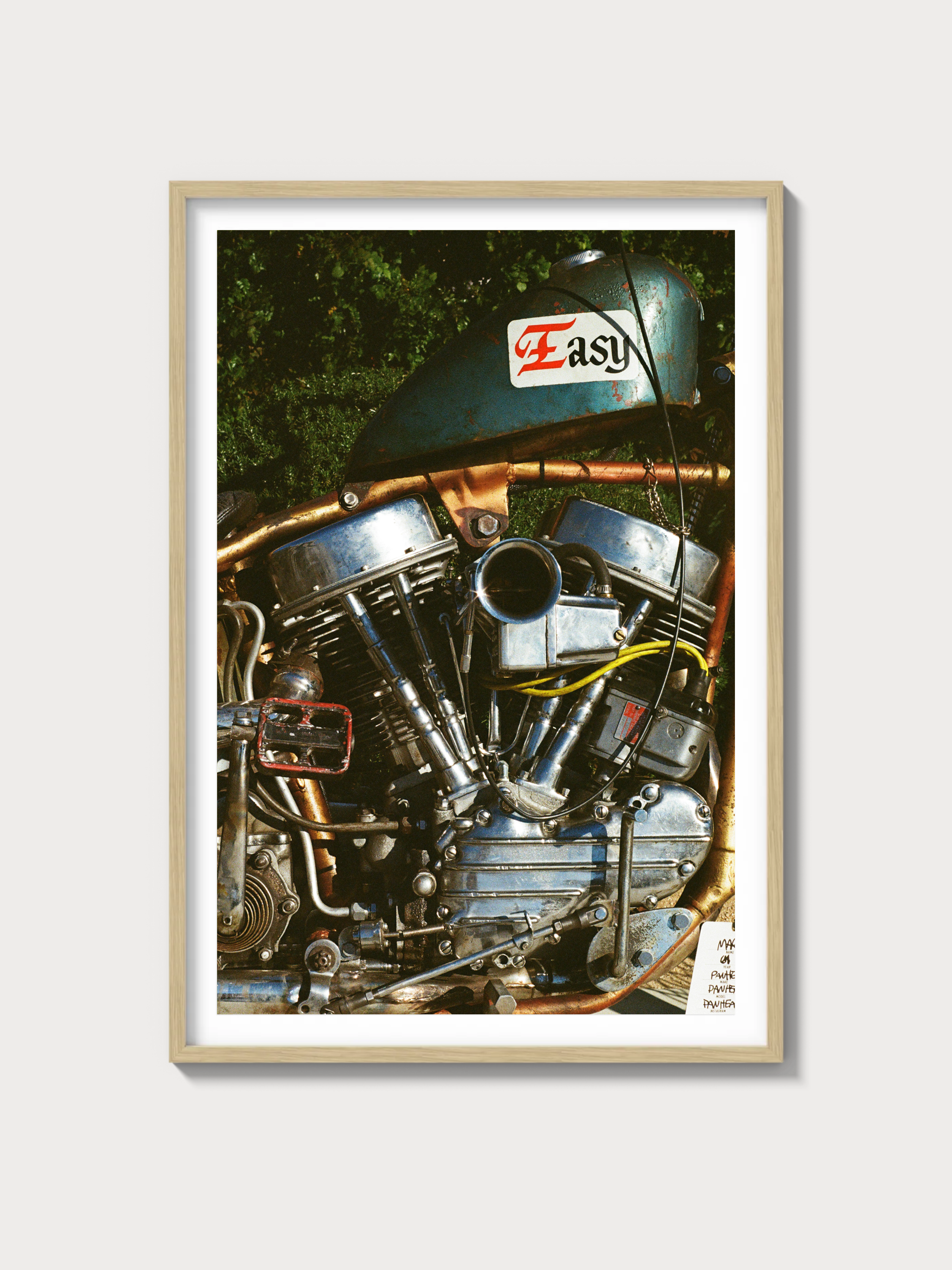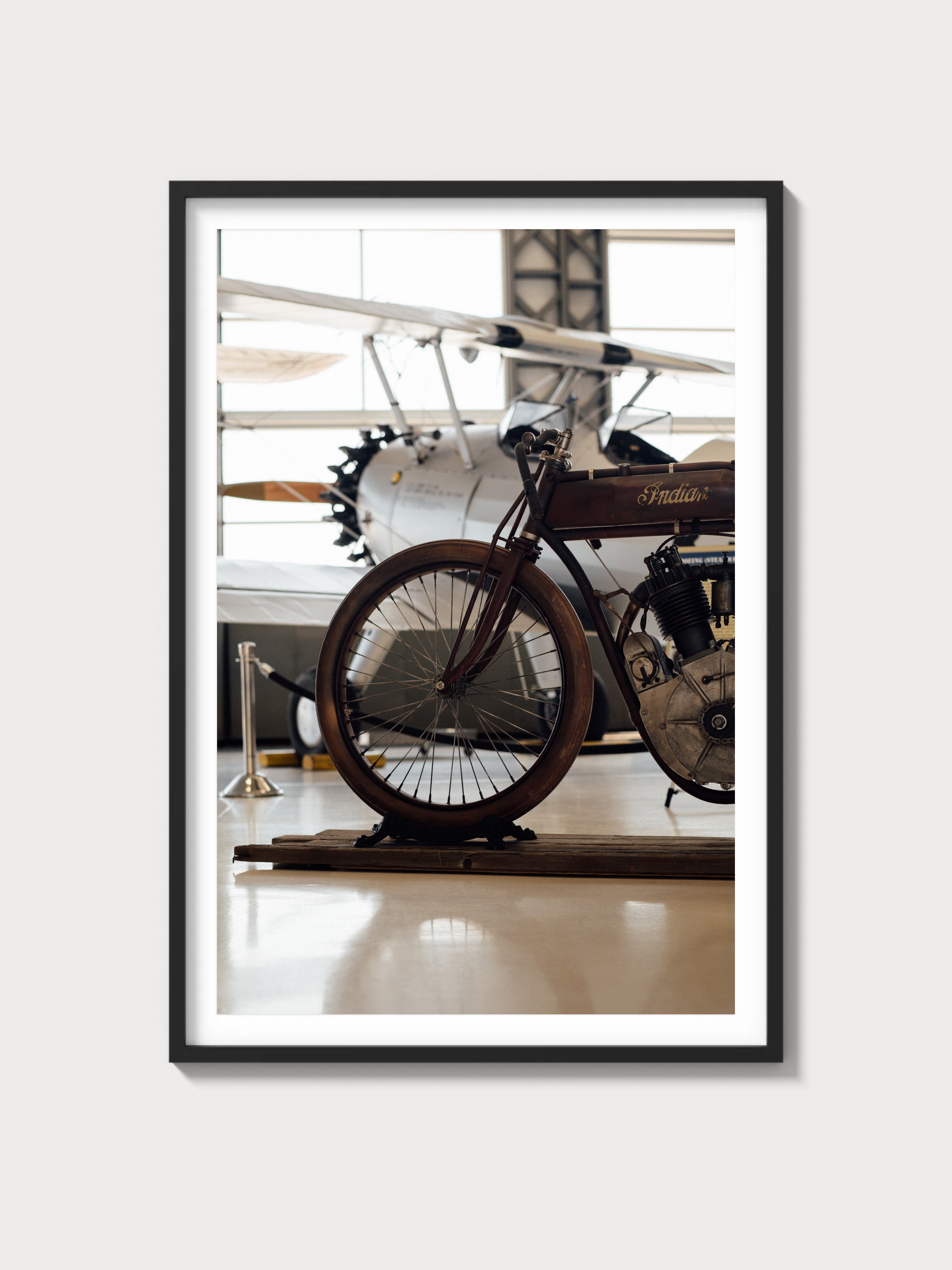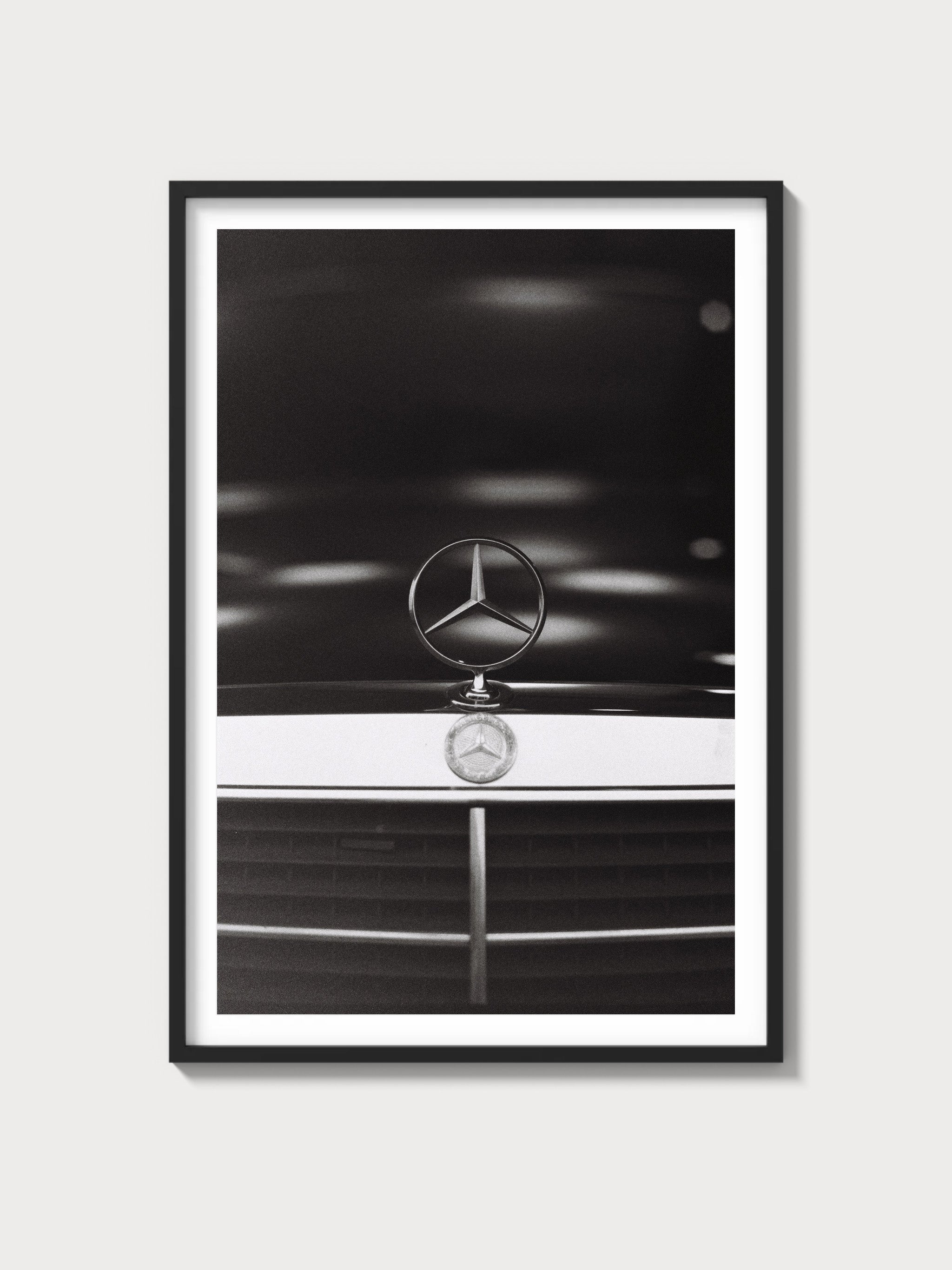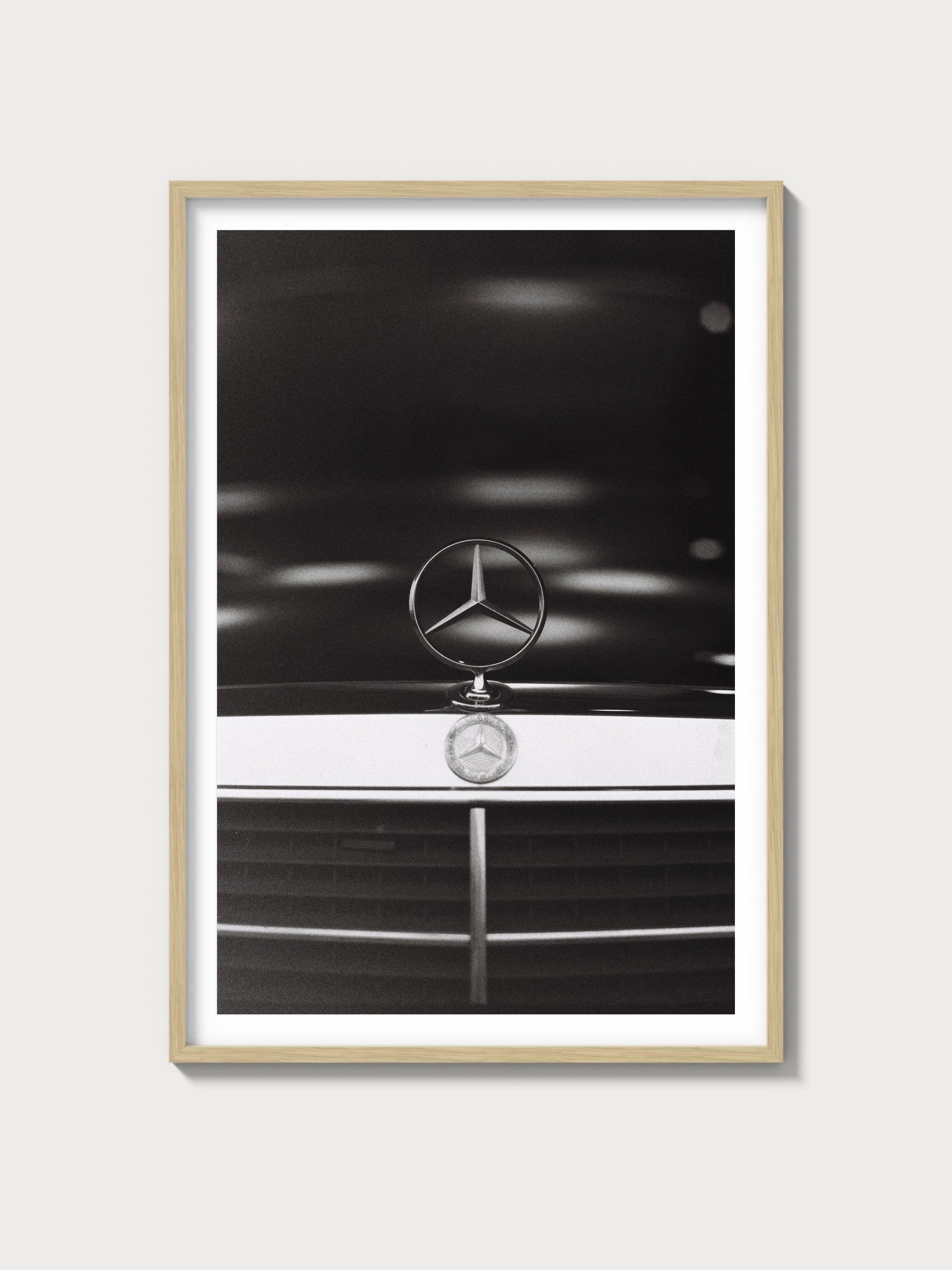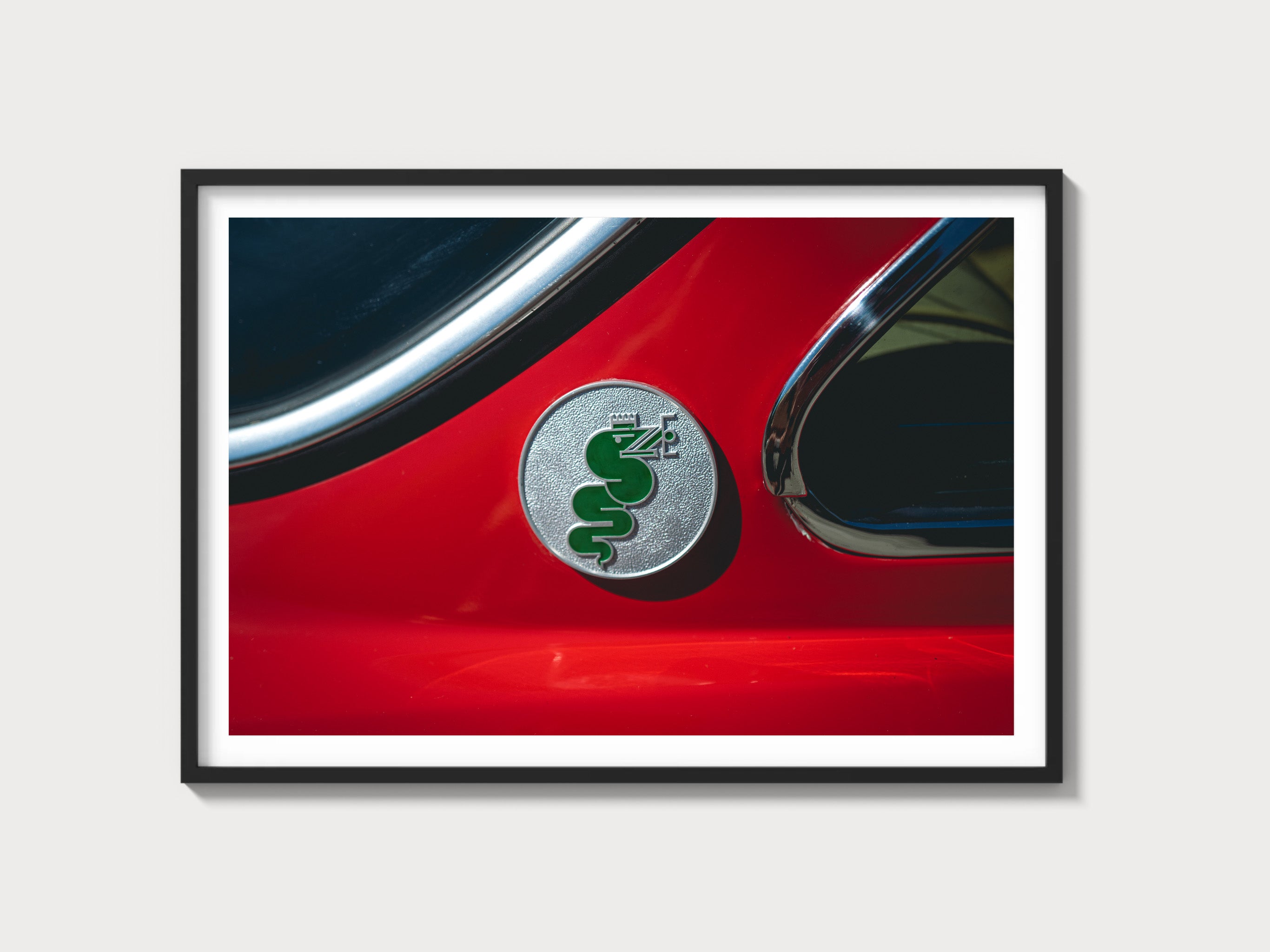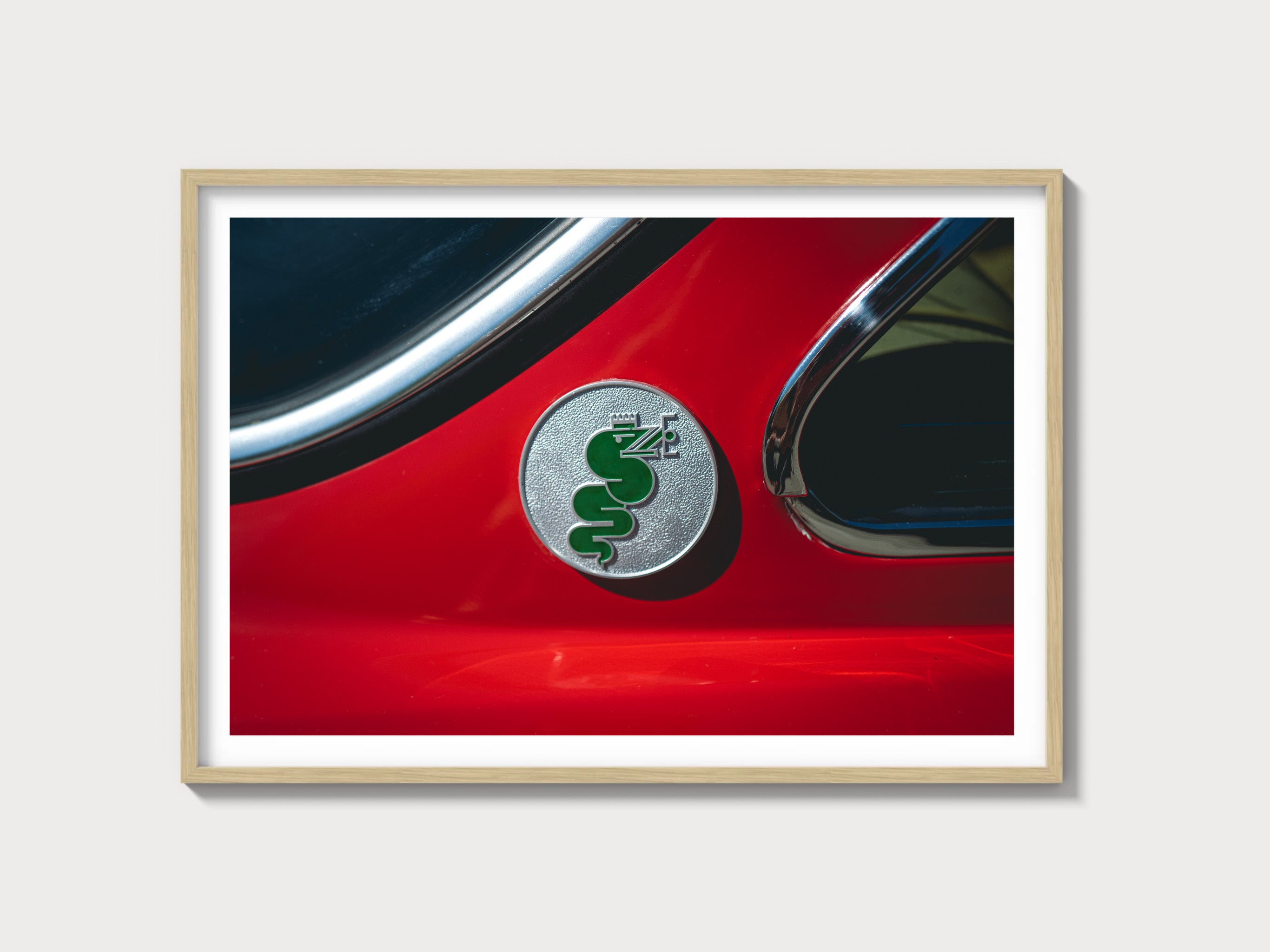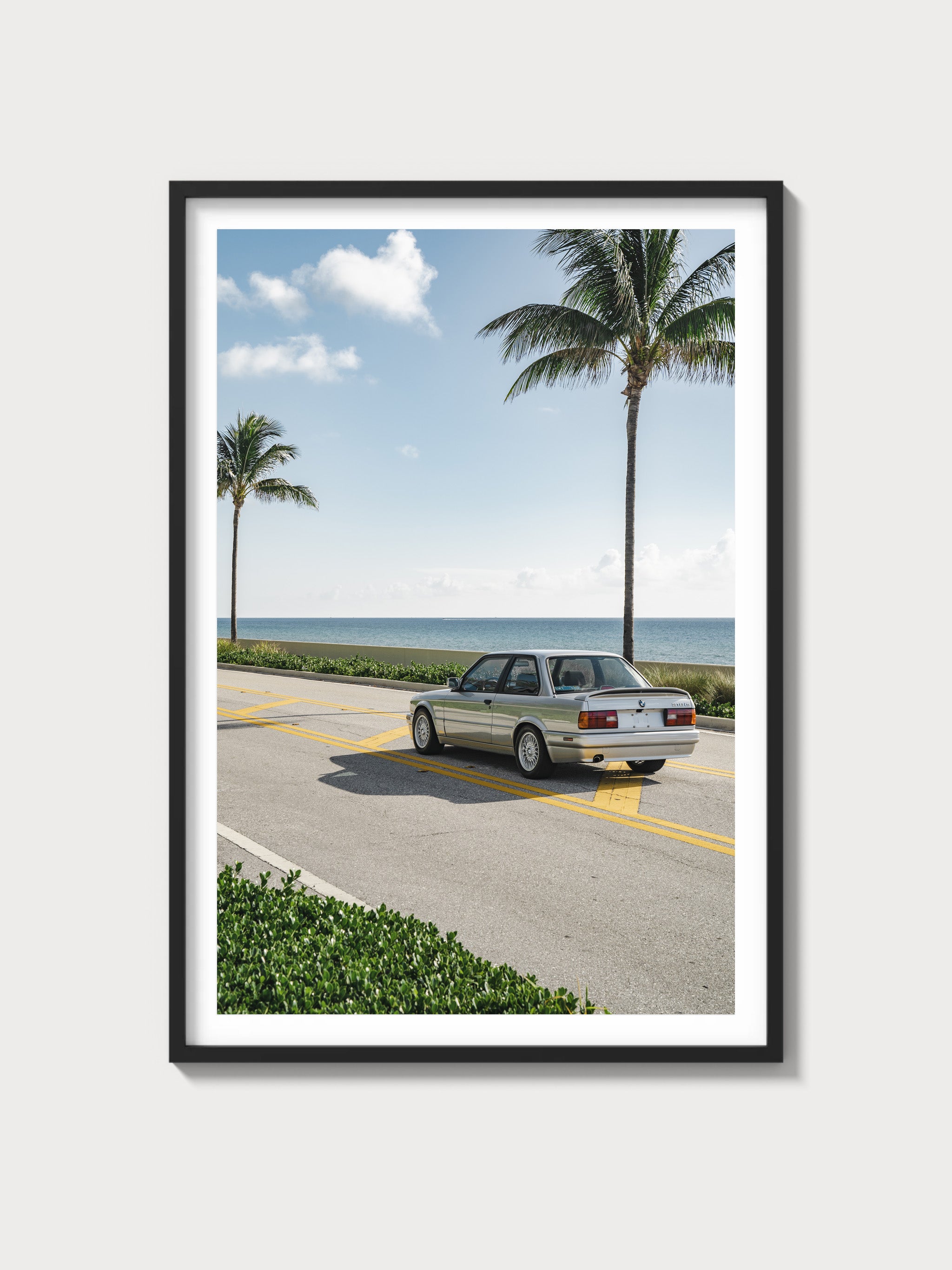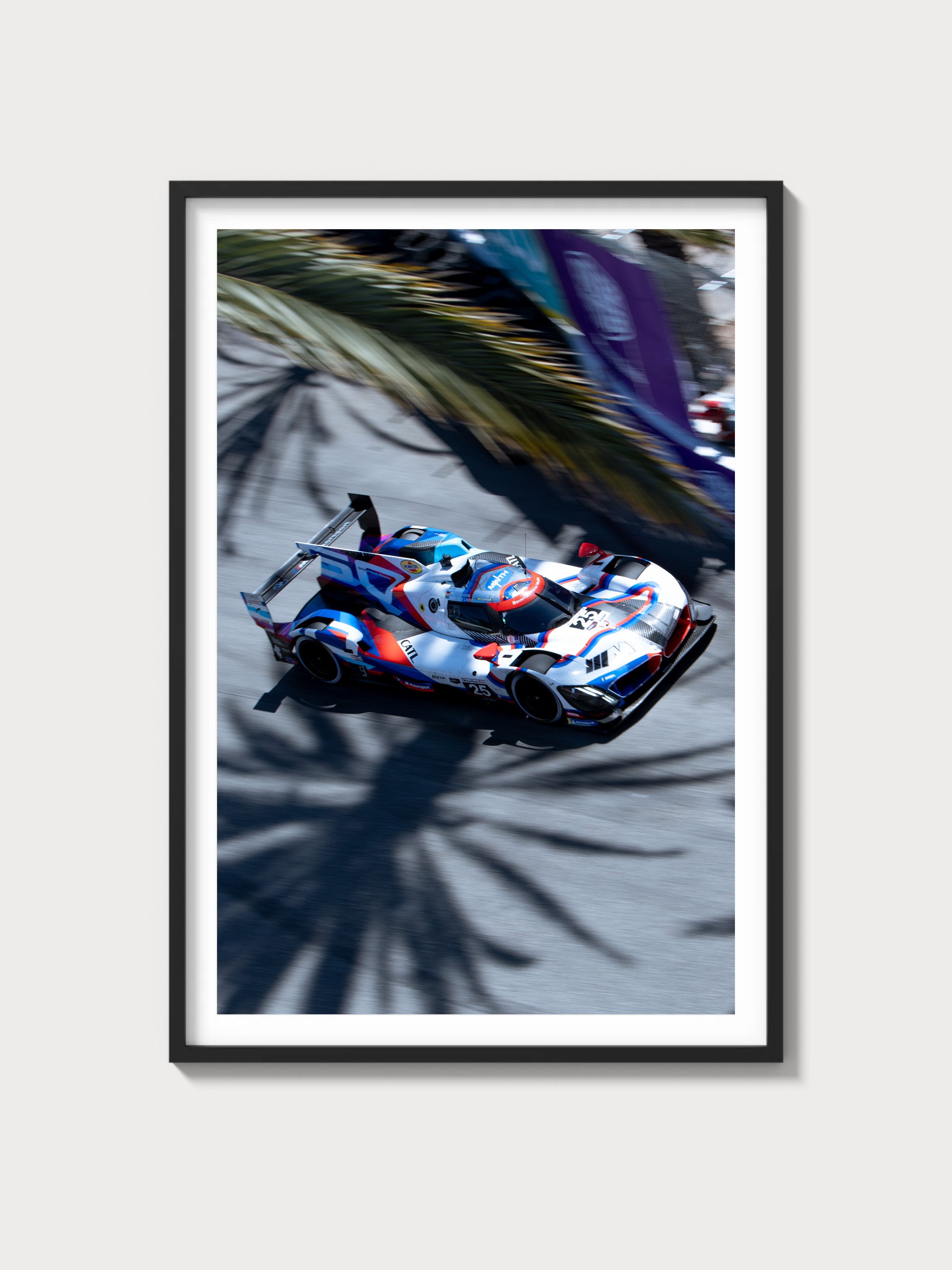Ferrari 250 GT Boano / Ellena: The Definitive History, Specs, and Legacy
Introduction: Ferrari’s GT Mainstay Takes Shape
In the illustrious saga of Ferrari’s 250 series, the 250 GT Boano/Ellena, introduced in 1956, marks a defining moment—a grand tourer that transitioned the marque into series production while preserving its bespoke allure. Powered by a 3.0-liter Colombo V12, this model saw 242 units crafted, primarily by Carrozzeria Boano and later Ellena, with a handful of specials by Pininfarina. Succeeding the 250 Europa, the 250 GT Boano/Ellena refined Ferrari’s GT formula, paving the way for icons like the 250 GT SWB.
The year 1956 was a turning point for Ferrari, its racing legacy—375 MM victories—fueling road car demand. Unveiled at the 1956 Geneva Motor Show, the 250 GT Boano/Ellena balanced elegance and performance for a growing clientele. This exhaustive history, penned with a Ferrari historian’s precision, explores its technical prowess, its design evolution, its subtle racing nods, and its foundational role in Ferrari’s legacy.
Historical Context: Ferrari’s Production Pivot
The Ferrari 250 GT Boano/Ellena emerged amid a transformative era for Maranello. By 1956, Ferrari’s racing triumphs—410 Superamerica’s luxury, 250 MM’s Mille Miglia wins—had solidified its prestige, yet Enzo sought broader road car appeal. The 250 Europa’s 3.0L Lampredi V12 and limited run (22 units) catered to exclusivity, but its bespoke nature couldn’t meet rising demand. The 250 GT Boano/Ellena, with its Colombo V12 and standardized design, answered, marking Ferrari’s shift toward series production.
A total of 242 units were built—130 “Low Roof” Boano coupes (1956-57), 104 “High Roof” Ellena coupes (1957-58), and 8 specials (coupes and cabriolets). Chassis 0461GT, a Boano coupe, debuted at Geneva in March 1956, its sleek form a departure from Pininfarina’s earlier dominance. This was a car for affluent enthusiasts, its volume reflecting Ferrari’s growing industrial capacity under Italy’s mid-1950s economic boom.
The broader context of 1956 shaped its story. The Suez Crisis spiked fuel prices, yet Europe’s car culture thrived—Mercedes 300 SL, Jaguar XK140—and America’s appetite for exotics grew. The 250 GT Boano/Ellena bridged Ferrari’s artisanal past with a scalable future, its Colombo V12 a nod to the 250 MM.
Technical Specifications: The Colombo V12’s Road Mastery
The Ferrari 250 GT Boano/Ellena’s core was its 3.0-liter Colombo V12—a refined racing engine adapted for grand touring. Below, we dissect its engineering with historian’s rigor.
Engine: Colombo’s 3.0-Liter Refinement
Displacing 2,953 cc (bore 73 mm, stroke 58.8 mm), the 250 GT’s V12 matched the 250 MM’s displacement but swapped Lampredi’s design for Gioacchino Colombo’s classic. With a single overhead camshaft per bank, an 8.8:1 compression ratio, and triple Weber 36 DCL/3 carburetors, it produced 240 horsepower at 7,000 rpm—equal to the 250 MM but tuned for tractability. The aluminum block and heads, wet-sump lubrication, and 60-degree V-angle weighed 275 lbs, delivering 180 lb-ft of torque at 5,500 rpm.
This engine was a touring jewel. Chassis 0677GT, an Ellena coupe, hit 260 hp with high-flow carbs, echoing racing roots, yet its lower redline (7,500 rpm) and smoother delivery distinguished it from the 250 MM’s track tune.
Performance: Elegant Speed
The 250 GT reached 155 mph (250 km/h)—confirmed by Autocar’s 1957 test—outrunning the 250 Europa’s 135 mph, with a 0-60 mph time of ~7 seconds. Its power-to-weight ratio (188 hp/ton) trailed the 250 MM (282 hp/ton) but matched luxury peers like the Aston Martin DB2/4 Mark III.
Chassis and Suspension: Balanced Comfort
The chassis was a tubular steel ladder frame, weighing 1,280 kg (2,822 lbs)—heavier than the 250 MM’s 850 kg due to its steel body and GT appointments. Its 2,600 mm wheelbase—shorter than the 250 Europa’s 2,800 mm—offered agility. Front suspension used double wishbones with a transverse leaf spring and Houdaille shocks, while the rear featured a live axle with semi-elliptic leaf springs, tuned for a plush ride over racing sharpness.
Transmission and Brakes: Refined Mechanics
A 4-speed manual gearbox—non-synchronized, with a single-plate clutch—drove the rear wheels, its ratios (1st: 2.90, 4th: 0.94) favoring cruising. Braking relied on 14-inch hydraulic drum brakes, delivering 0.8g deceleration—adequate for a GT, though discs loomed in Ferrari’s future.
| Specification | Details |
|---|---|
| Engine | 3.0L V12, 240-260 hp @ 7,000 rpm |
| Displacement | 2,953 cc (73 mm x 58.8 mm) |
| Top Speed | ~155 mph (250 km/h) |
| 0-60 mph | ~7 seconds |
| Weight | 1,280 kg (2,822 lbs) |
| Transmission | 4-speed manual |
| Suspension (Front) | Double wishbone, transverse leaf springs |
| Suspension (Rear) | Live axle, semi-elliptic leaf springs |
| Brakes | Hydraulic drums, 14-inch |
Design and Styling: Boano and Ellena’s Craft
The Ferrari 250 GT Boano/Ellena’s aesthetic blended elegance with practicality, shaped by two coachbuilders.
Exterior: Timeless Proportions
Boano built 130 “Low Roof” coupes—chassis 0461GT featured a sleek grille, rounded fenders, and a low roofline, finished in Argento Nürburgring. Ellena’s 104 “High Roof” coupes (e.g., 0677GT) raised the roof by 2 inches for headroom, refining rear quarters. Eight specials—4 Pininfarina cabriolets (e.g., 0471GT), 2 Boano cabriolets, 2 unique coupes—added flair. The 2,600 mm wheelbase offered a balanced stance, steel bodies (some aluminum) reflecting production scale.
Interior: Sophisticated Simplicity
The cabin was a refined haven: leather seats (black or tan), a wood-rimmed steering wheel, and a dash with Veglia gauges—tachometer (7,500 rpm redline), speedometer, oil pressure. Bespoke touches—0465GT’s chrome trim—elevated it beyond the 250 Europa, though still minimalist by luxury standards.
Production and Variants: A Series Milestone
The Ferrari 250 GT Boano/Ellena’s 242-unit run (1956-1958) marked a production leap: 130 Boano coupes, 104 Ellena coupes, 8 specials. Chassis 0435GT launched the series, while 0799GT closed it. No racing variants existed—its focus was the road—production transitioning to the 250 GT Cabriolet and LWB Berlinetta.
Performance and Racing Legacy: A Tourer’s Subtle Edge
The Ferrari 250 GT Boano/Ellena racing history is limited, its grand touring ethos dominant. Chassis 0509GT, tuned to 250 hp, ran the 1957 Mille Miglia, finishing mid-pack among privateers. Its true domain was the open road—Autostrada, California coast—where its 155 mph top speed and poised handling shone.
Ownership and Market Value: A GT Classic
The Ferrari 250 GT Boano/Ellena value reflects its role in the 250 lineage. Early owners included European nobles and U.S. enthusiasts. Today, prices range $700,000-$1 million—chassis 0461GT sold for $925,000 at RM Sotheby’s 2019. Restoration costs—V12 rebuilds at $100,000—highlight its appeal.
Cultural Impact: The 250 GT Foundation
The 250 GT Boano/Ellena launched Ferrari’s GT dynasty, its Colombo V12 and design influencing the 250 GTO. In 1950s lore, it’s the car of stylish tours and quiet prestige, a bridge to Maranello’s GT golden age.
Comparisons: Ferrari 250 GT Boano/Ellena vs Rivals
The Ferrari 250 GT Boano/Ellena vs Aston Martin DB2/4 Mark III pits 240 hp V12 against 178 hp straight-6—Ferrari led in power, Aston in refinement. The Jaguar XK150 (190 hp) matched in speed but not pedigree.
| Model | Engine | Power | Weight | Top Speed |
|---|---|---|---|---|
| Ferrari 250 GT Boano/Ellena | 3.0L V12 | 240-260 hp | 1,280 kg | ~155 mph |
| Aston Martin DB2/4 Mark III | 2.9L Straight-6 | 178 hp | 1,360 kg | ~120 mph |
| Jaguar XK150 | 3.4L Straight-6 | 190 hp | 1,420 kg | ~136 mph |
Frequently Asked Questions
What was the Ferrari 250 GT Boano/Ellena?
A 1956 3.0L V12 grand tourer.
How many were made?
242 units.
What engine powered it?
2,953 cc Colombo V12, 240-260 hp.
Did it race?
Rarely—built for touring.
What’s its value?
$700,000-$1 million.

